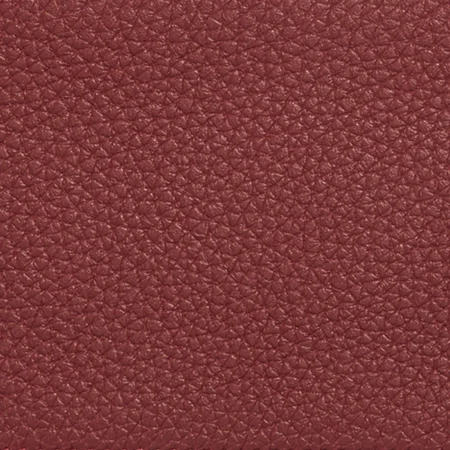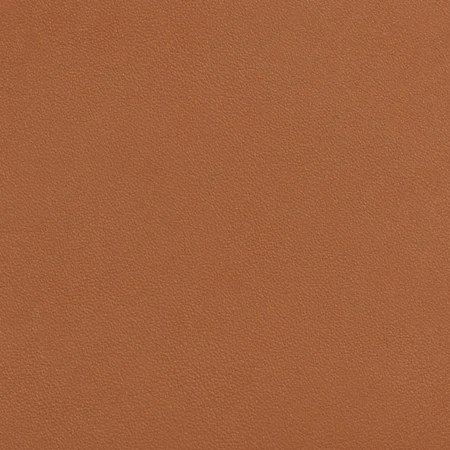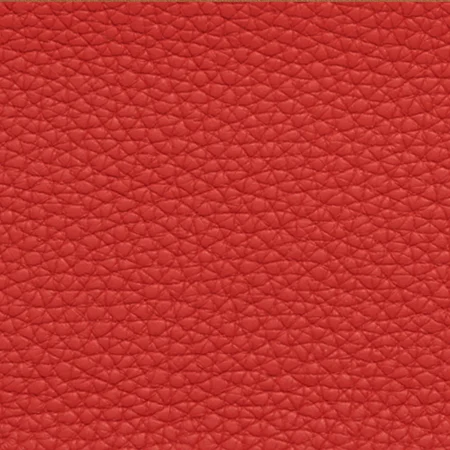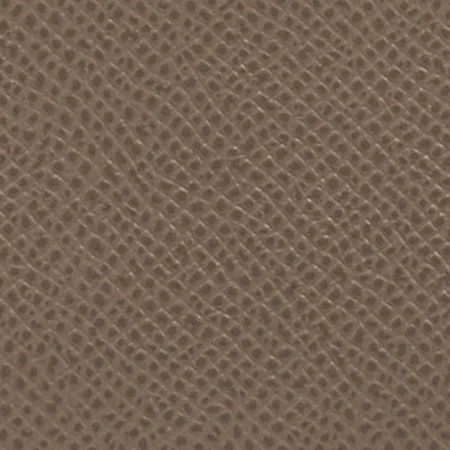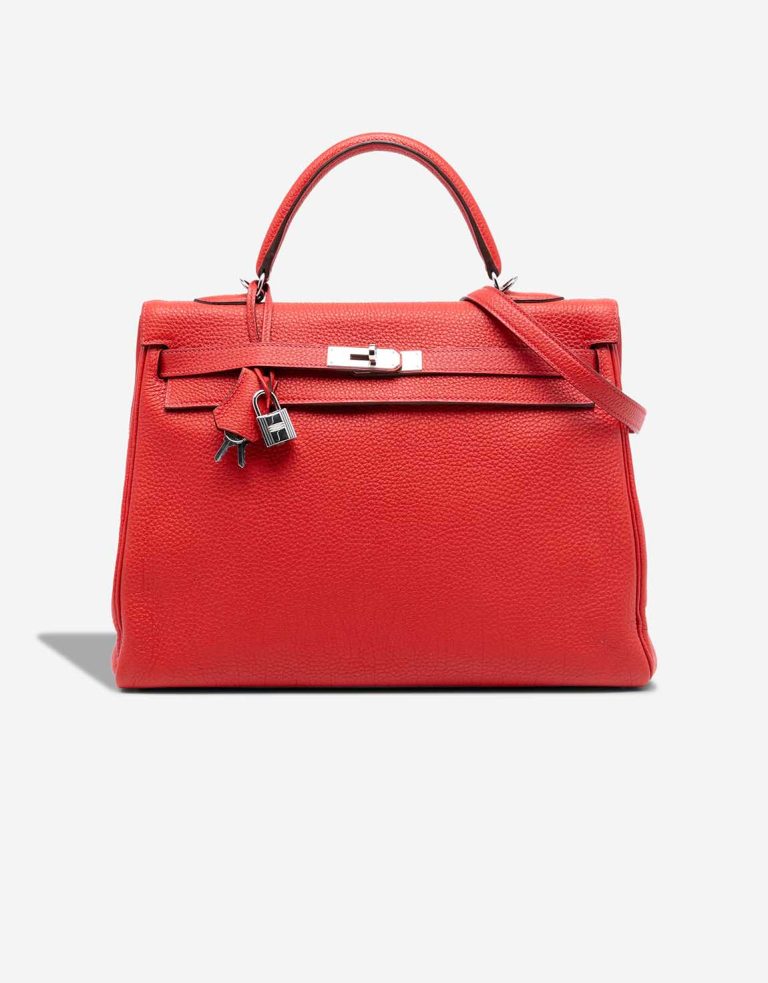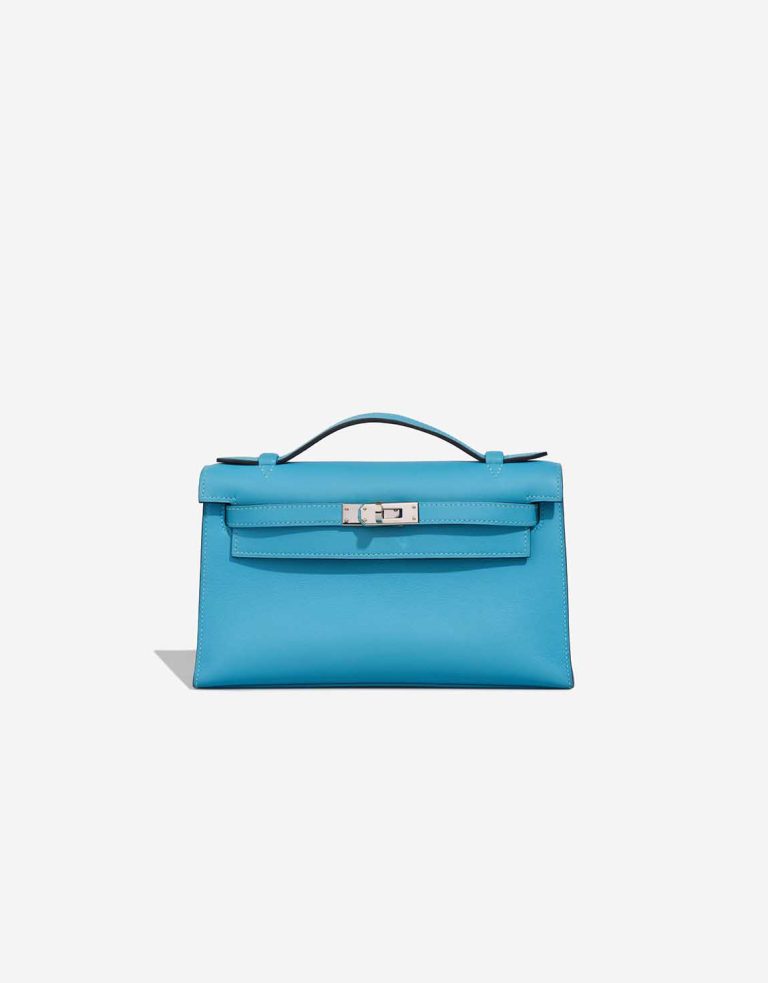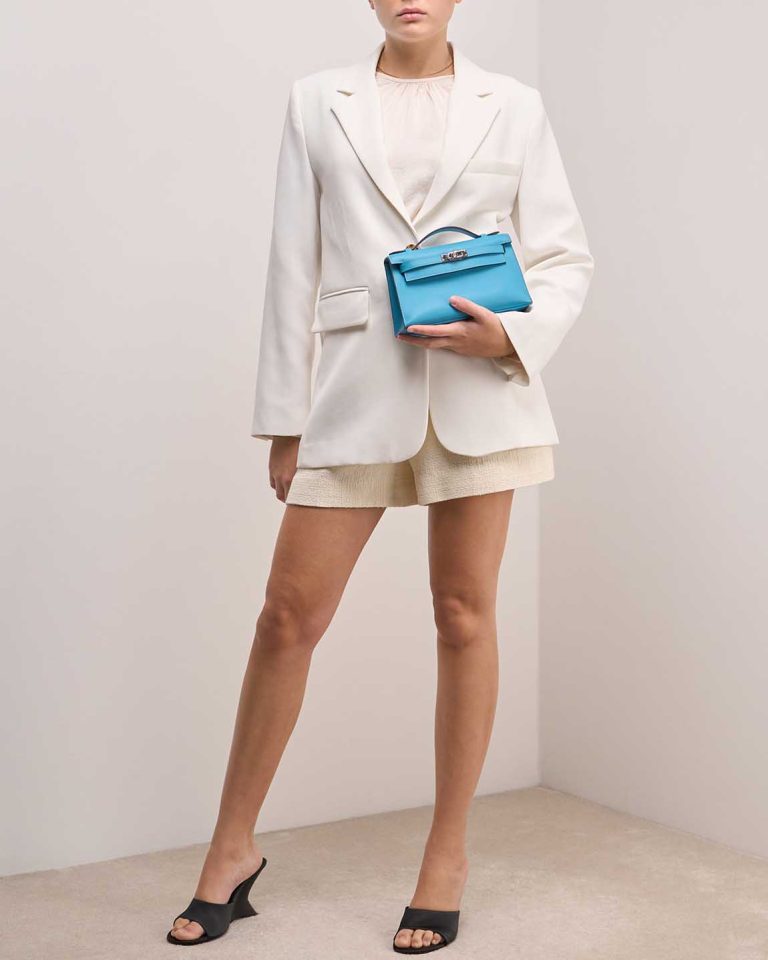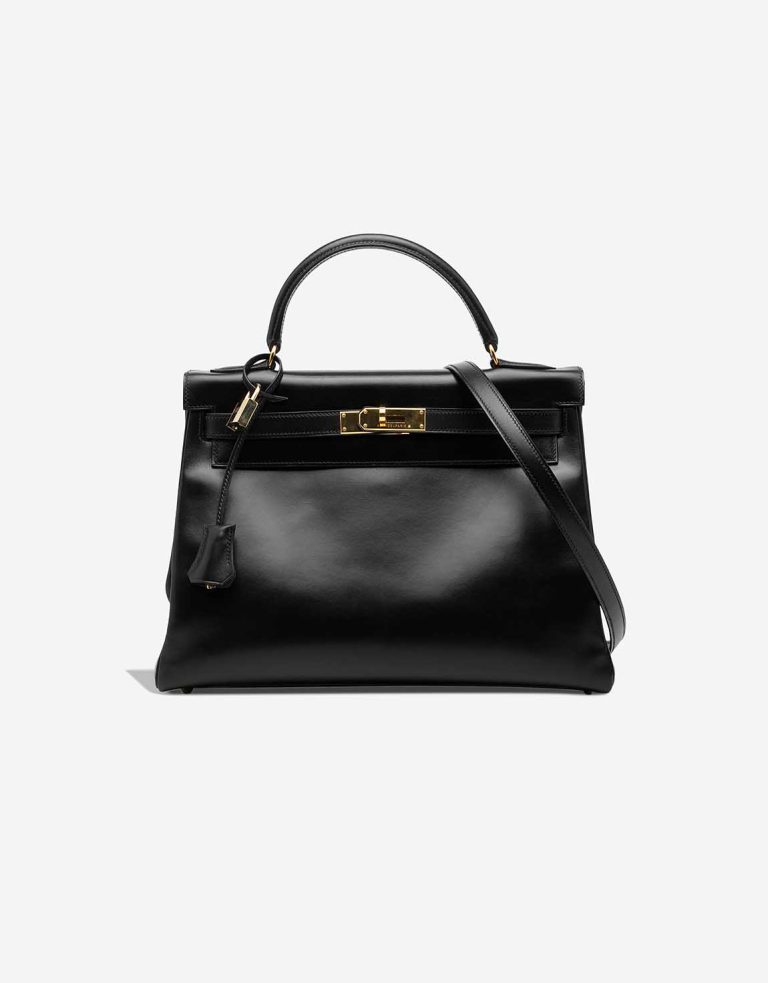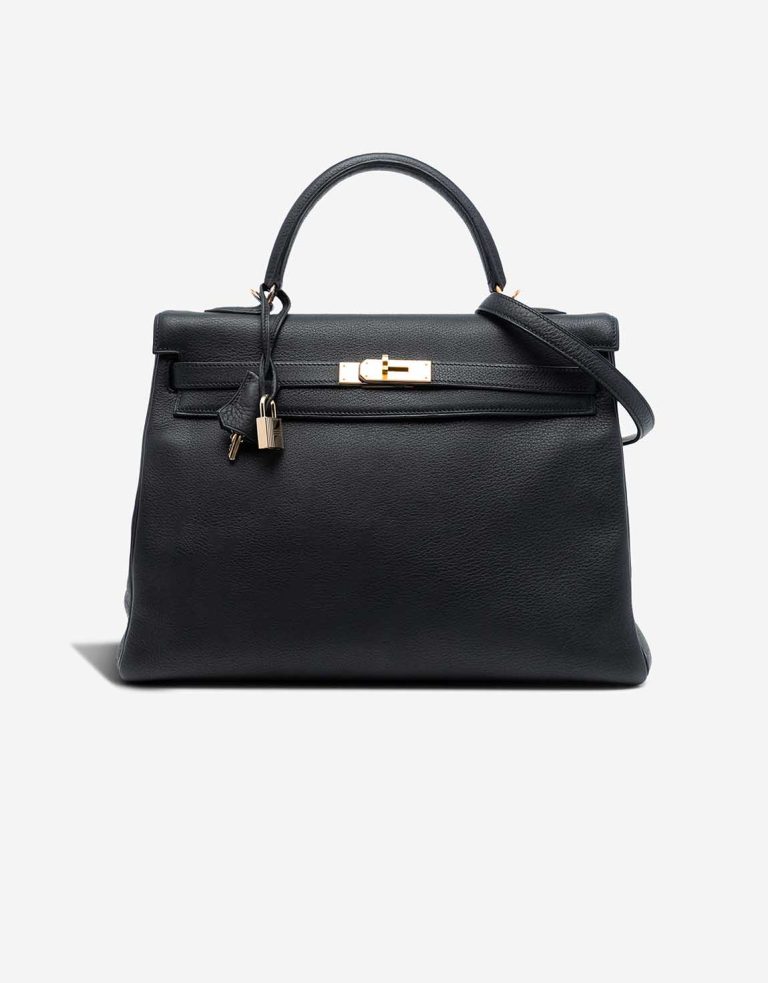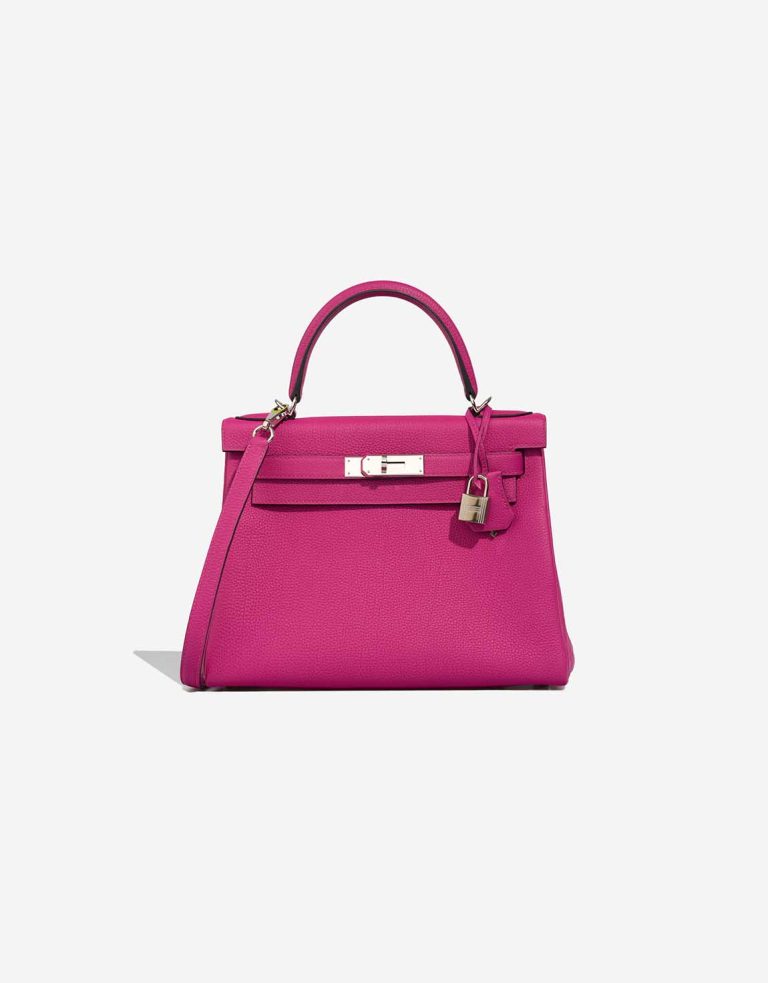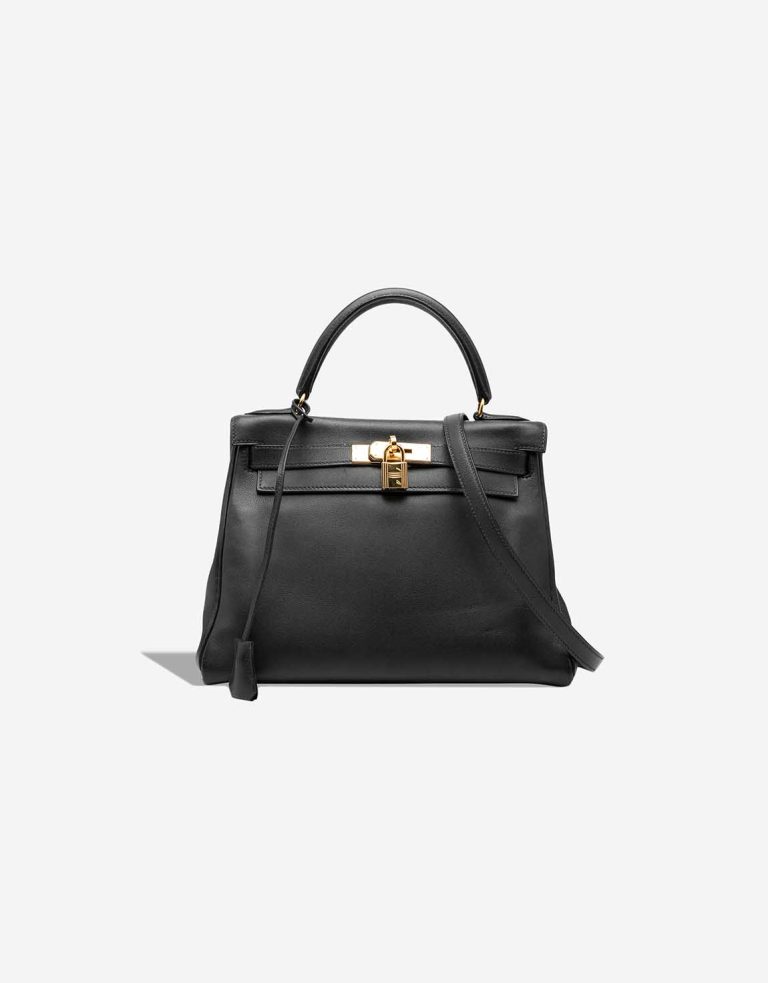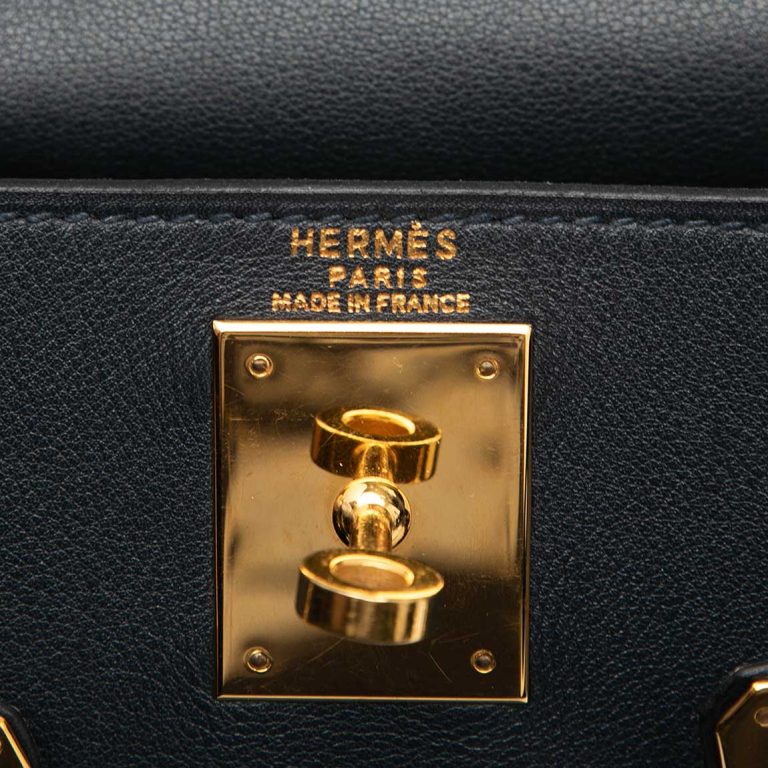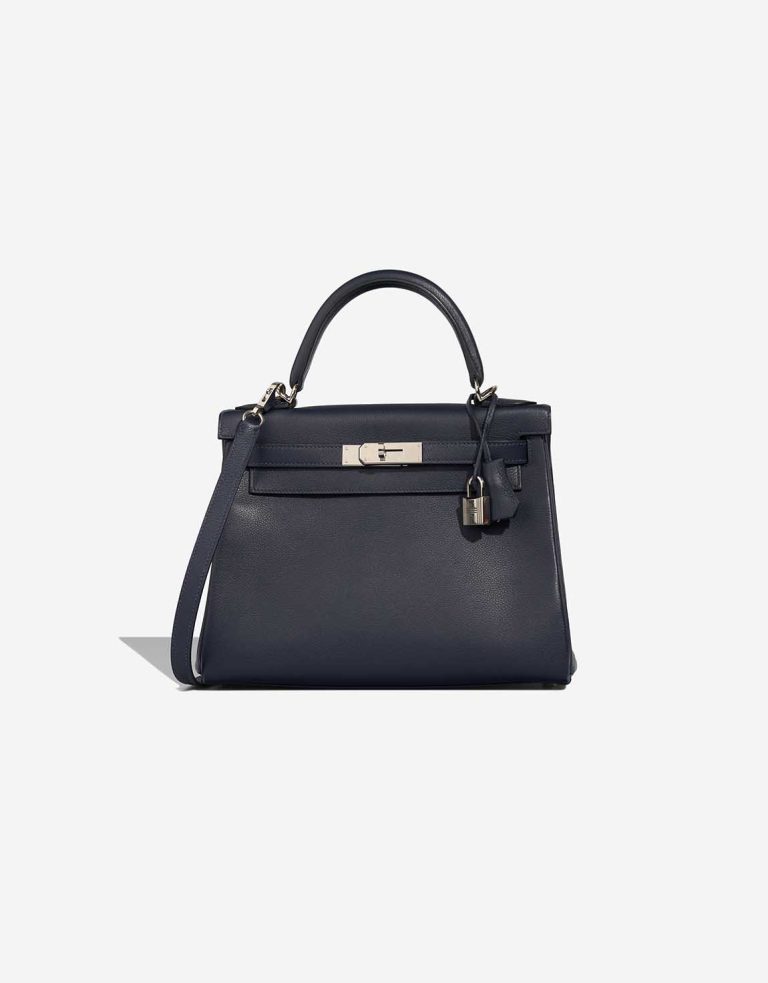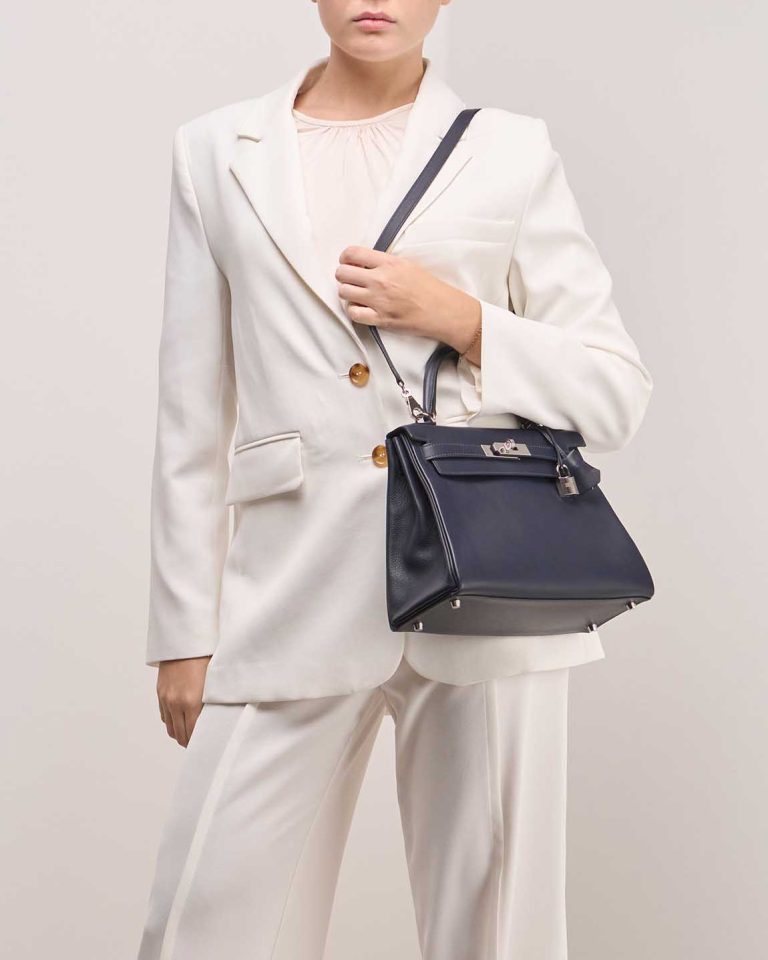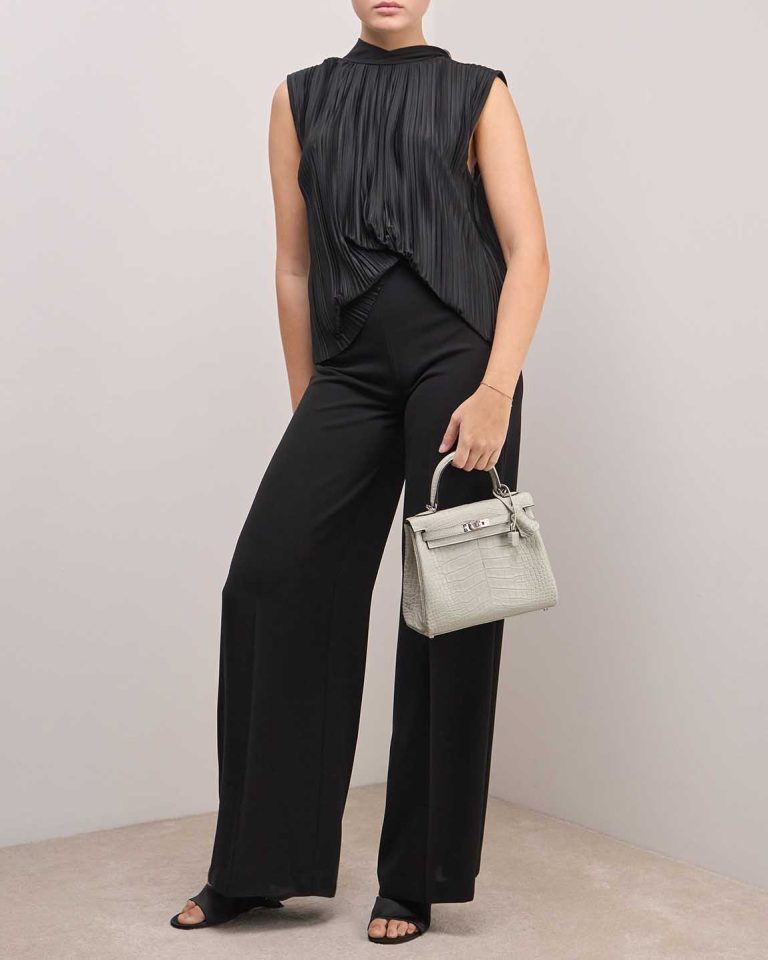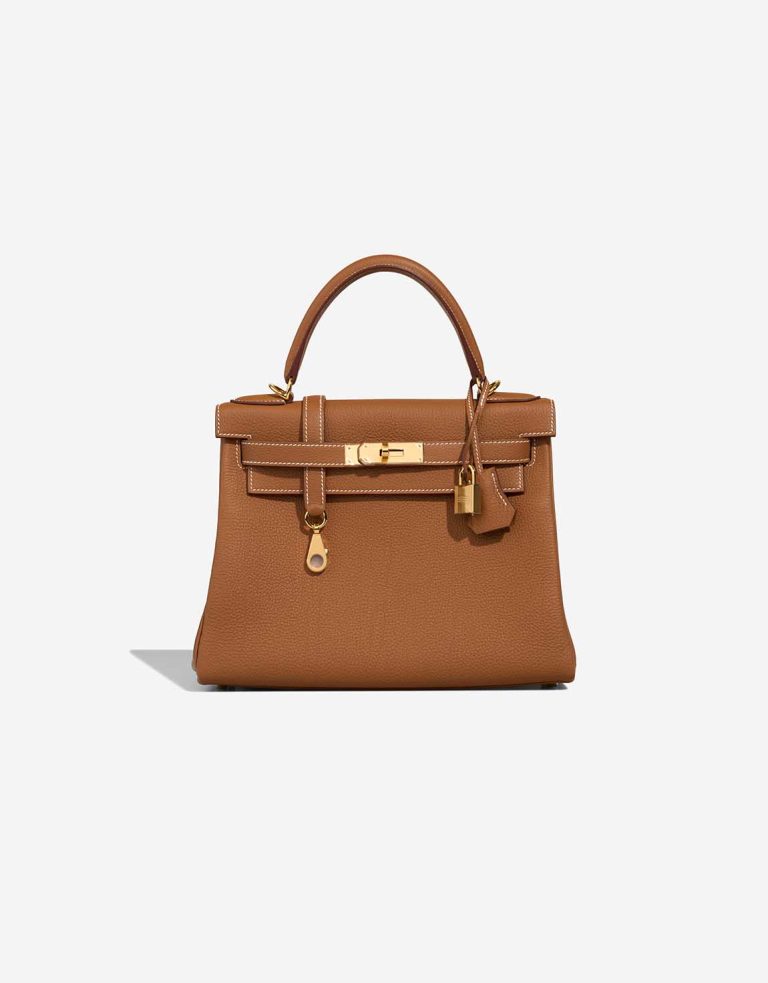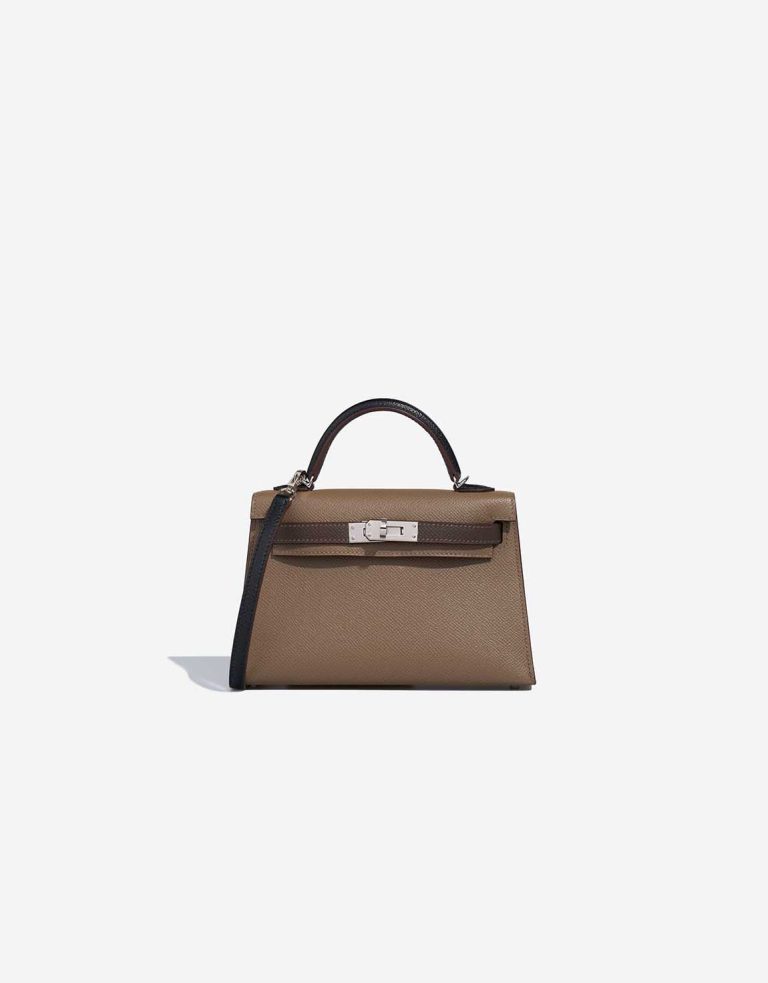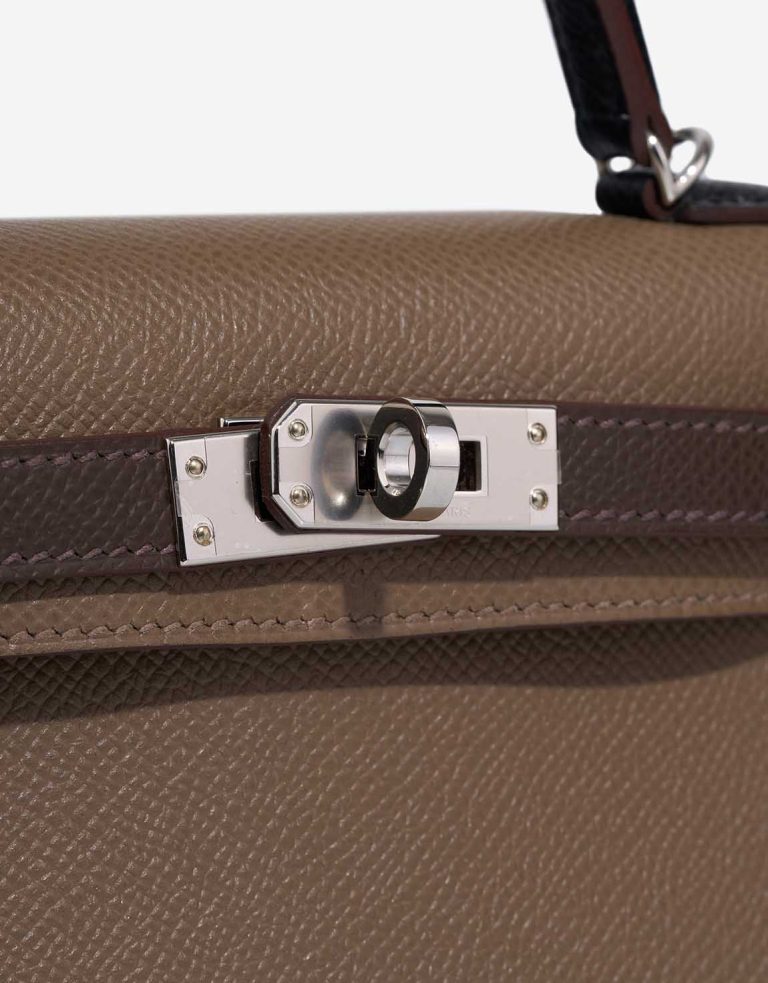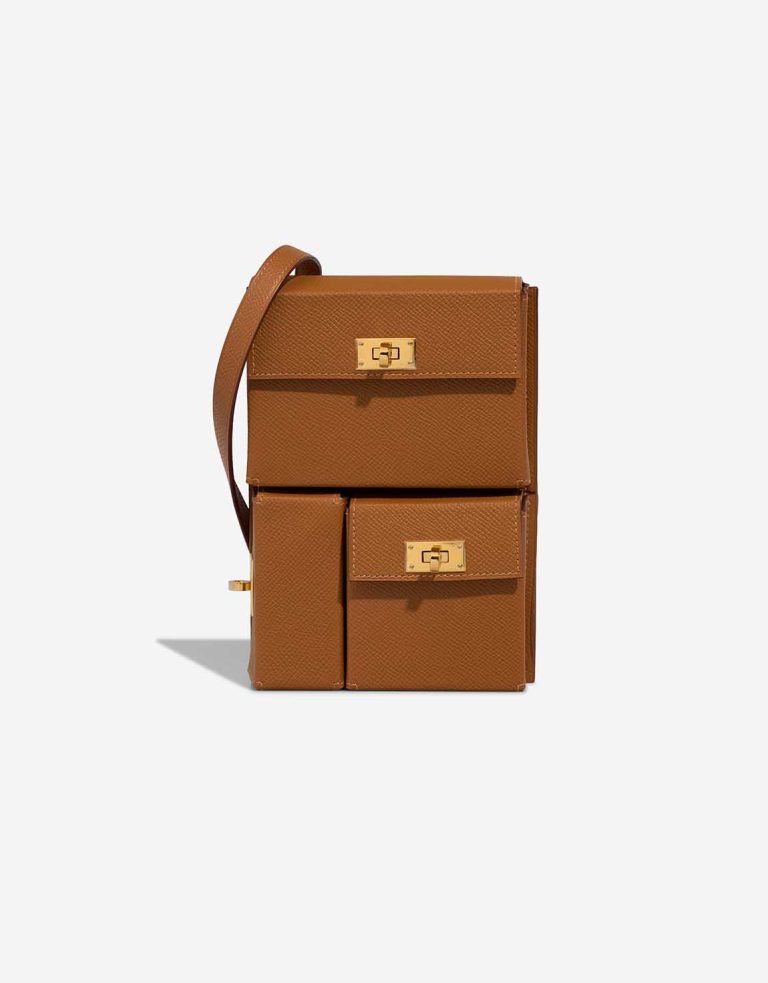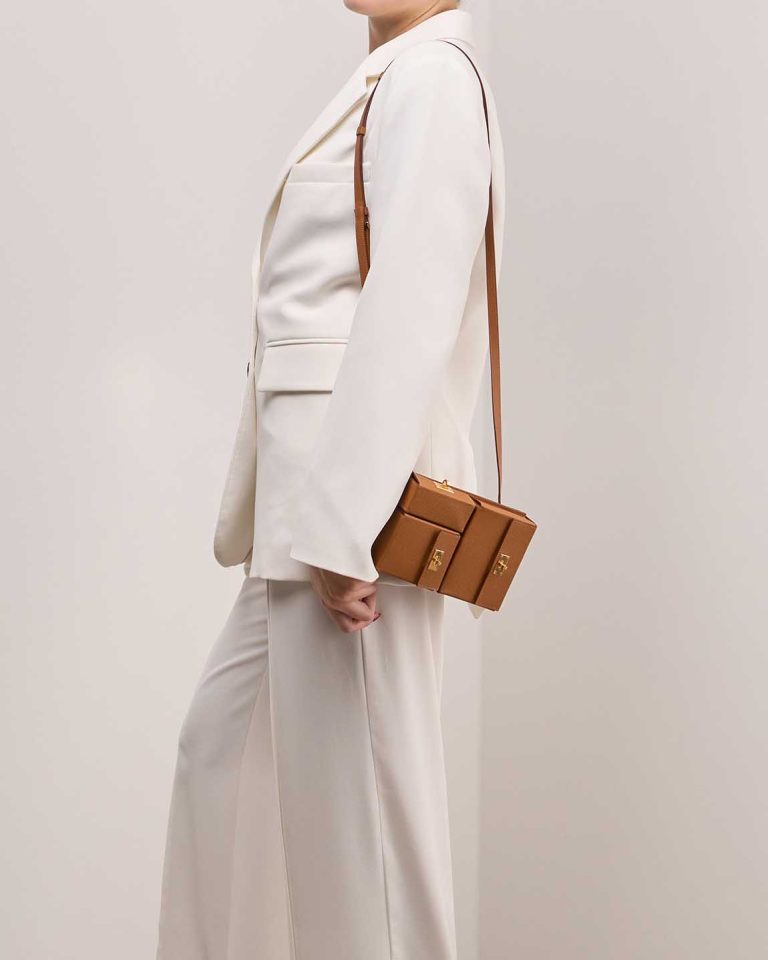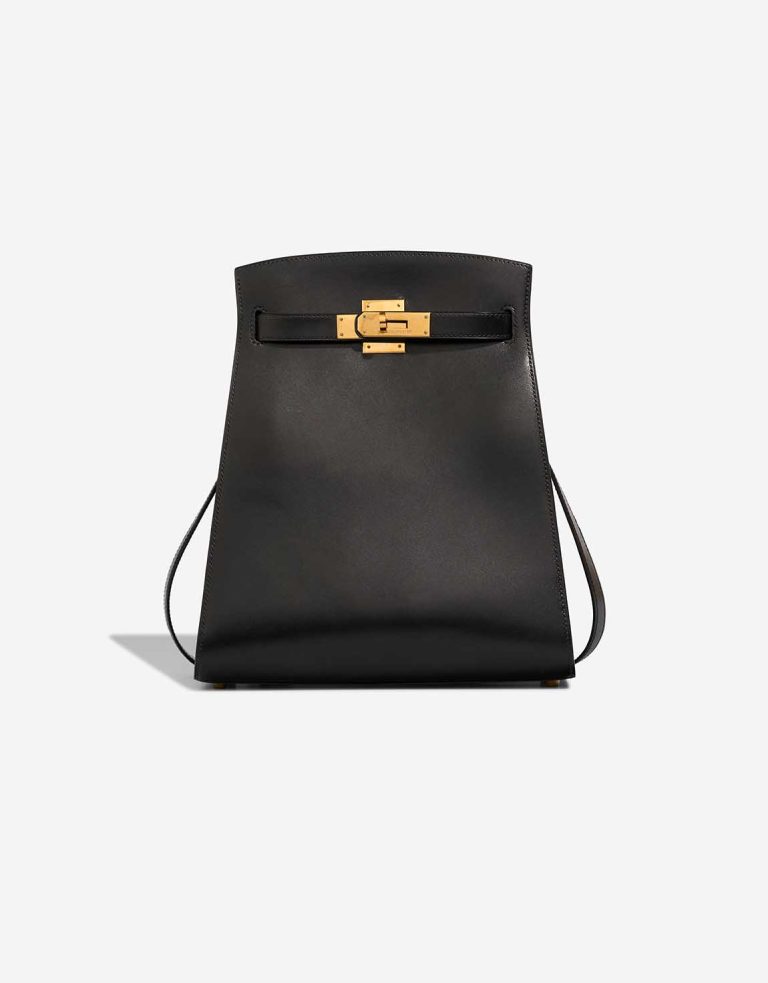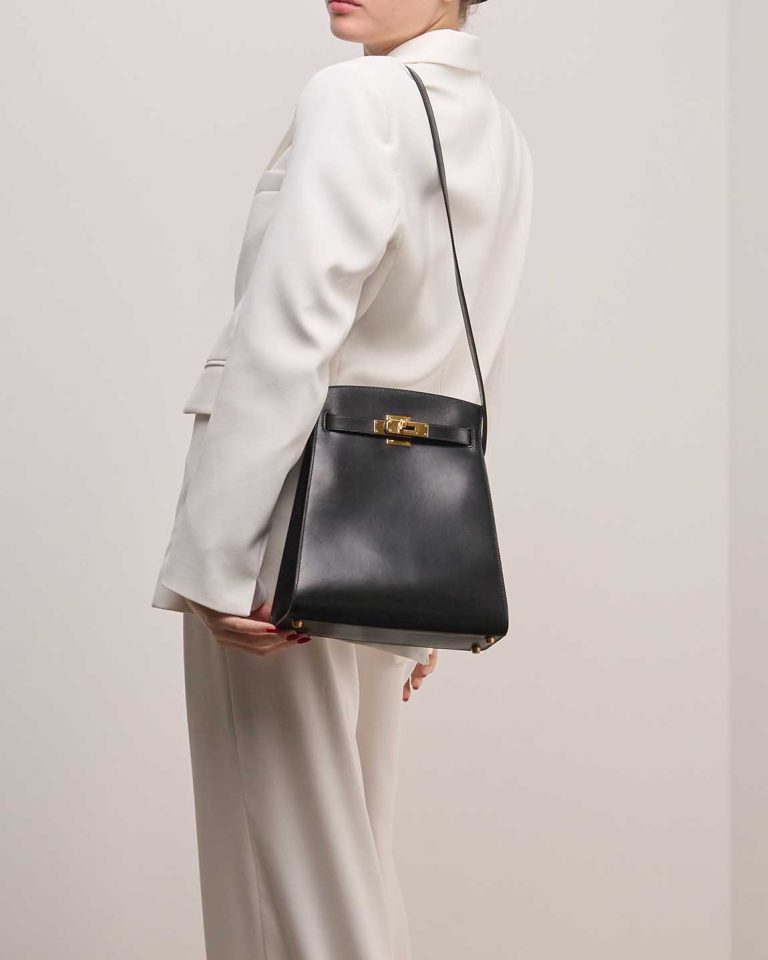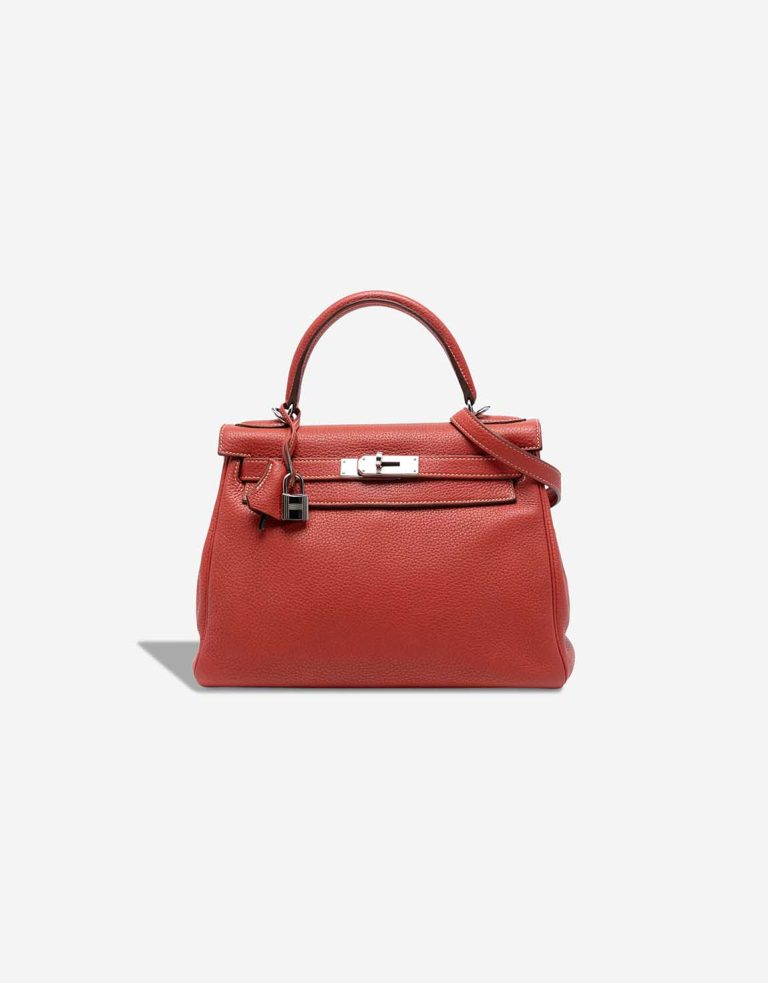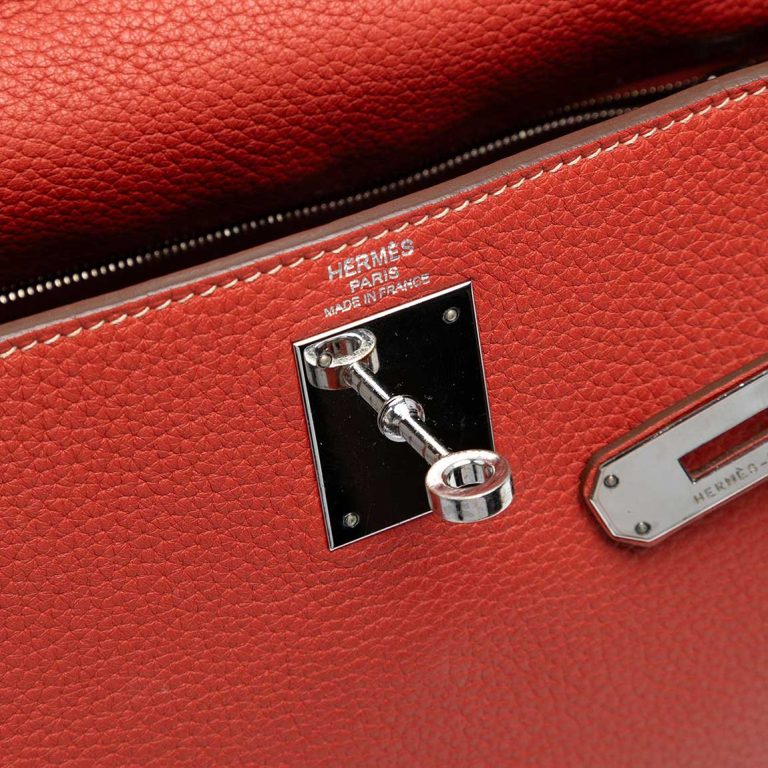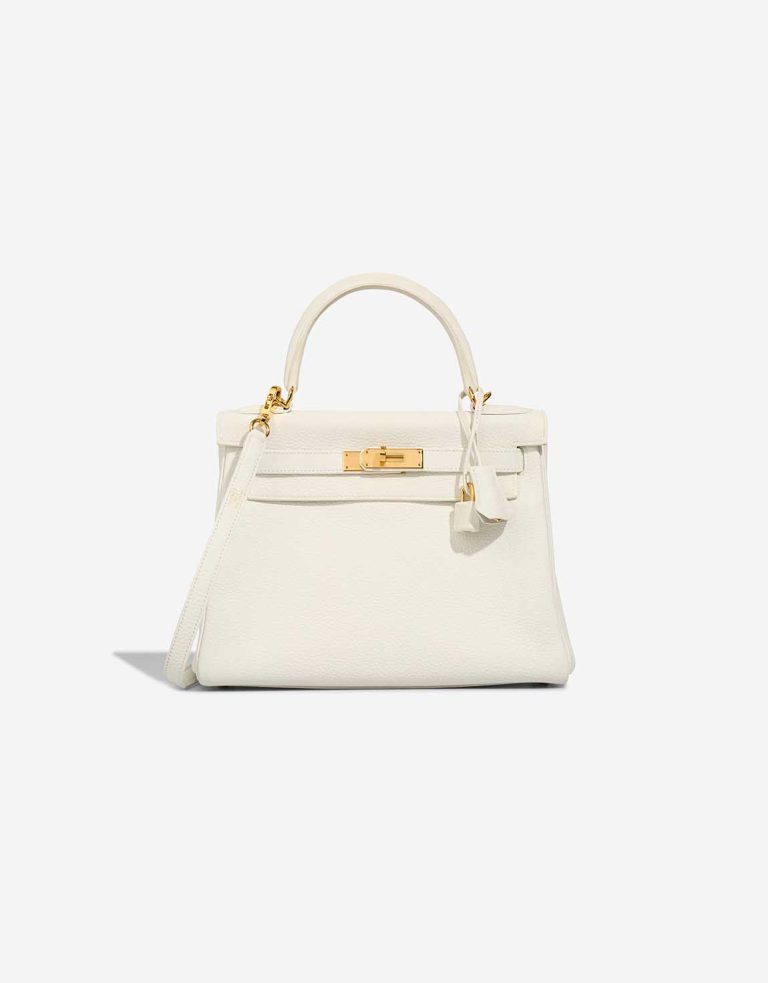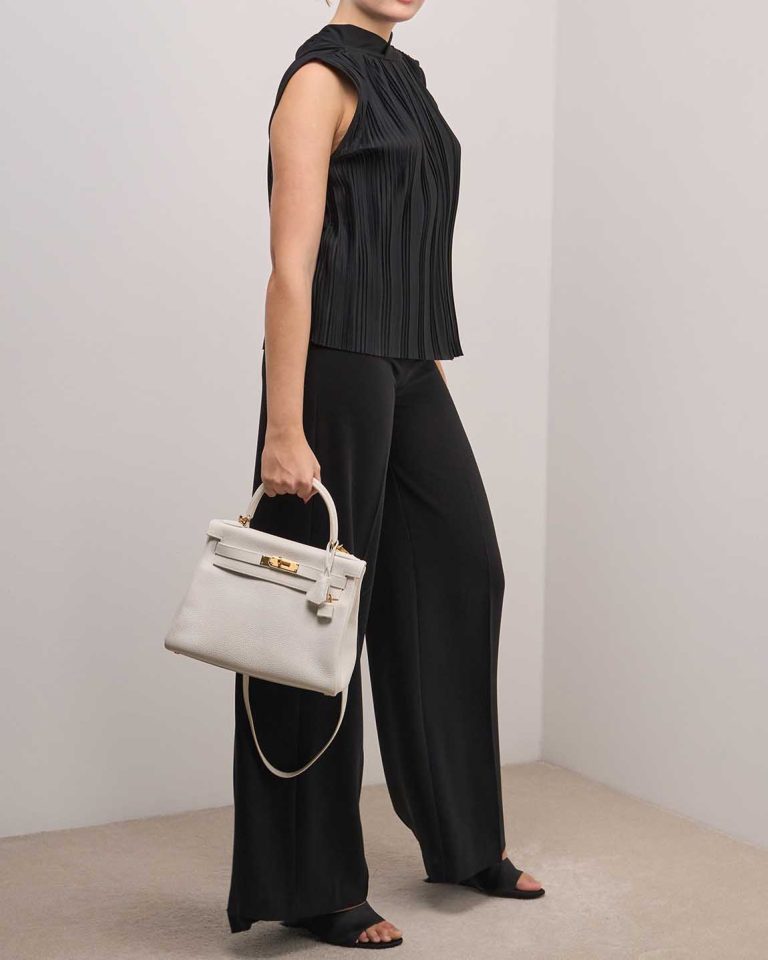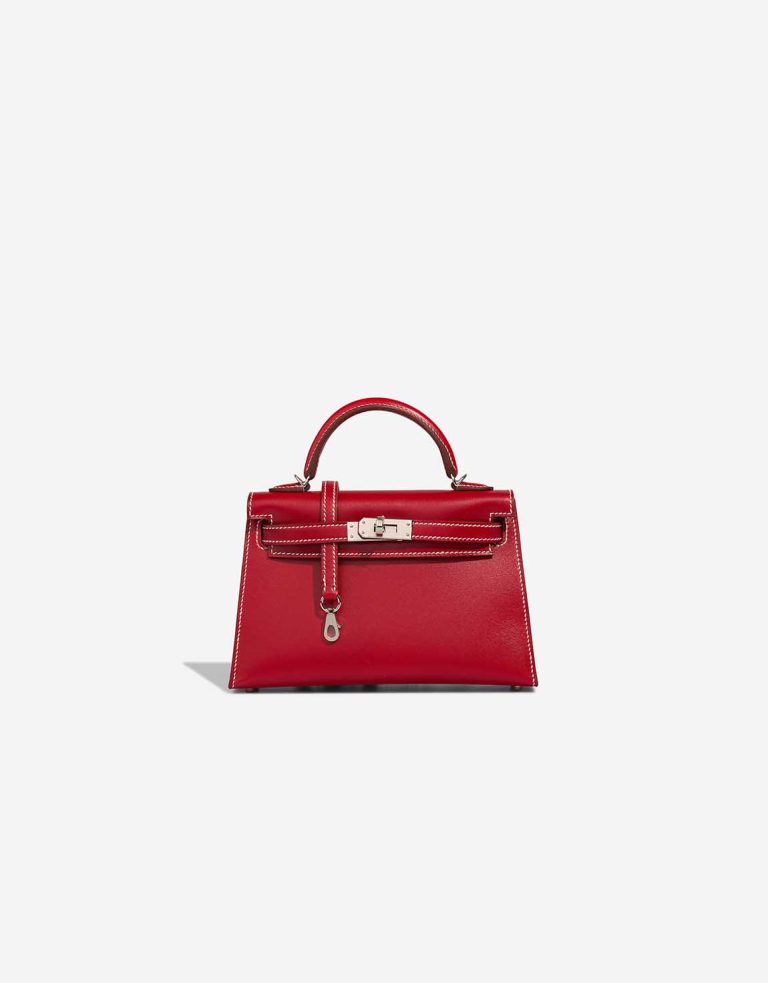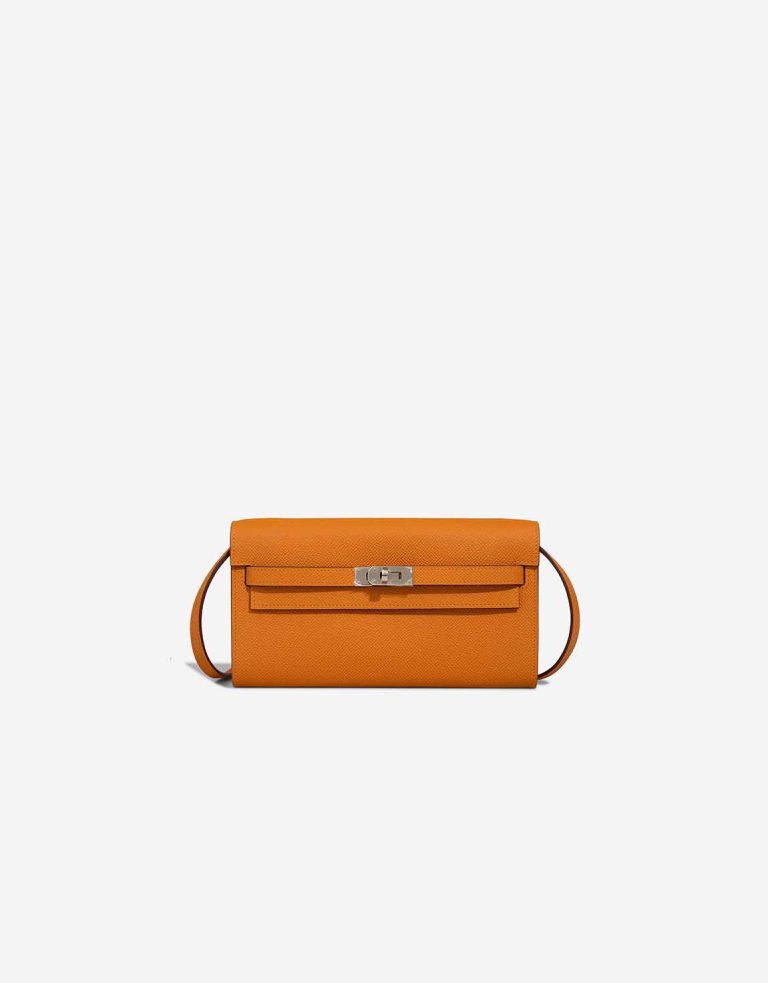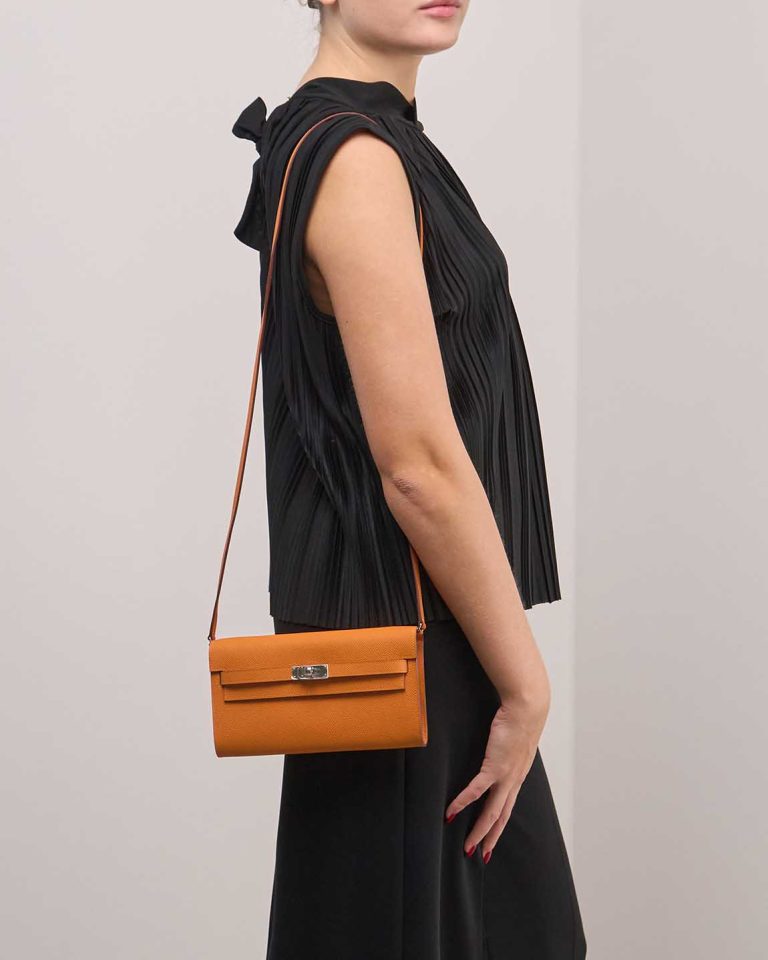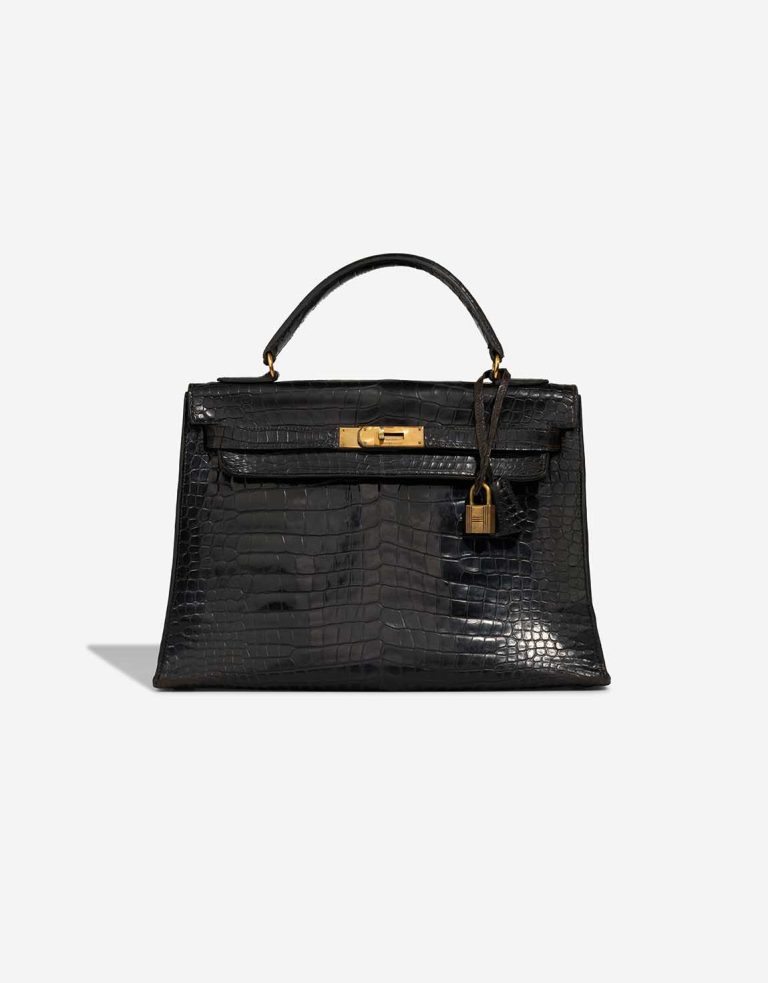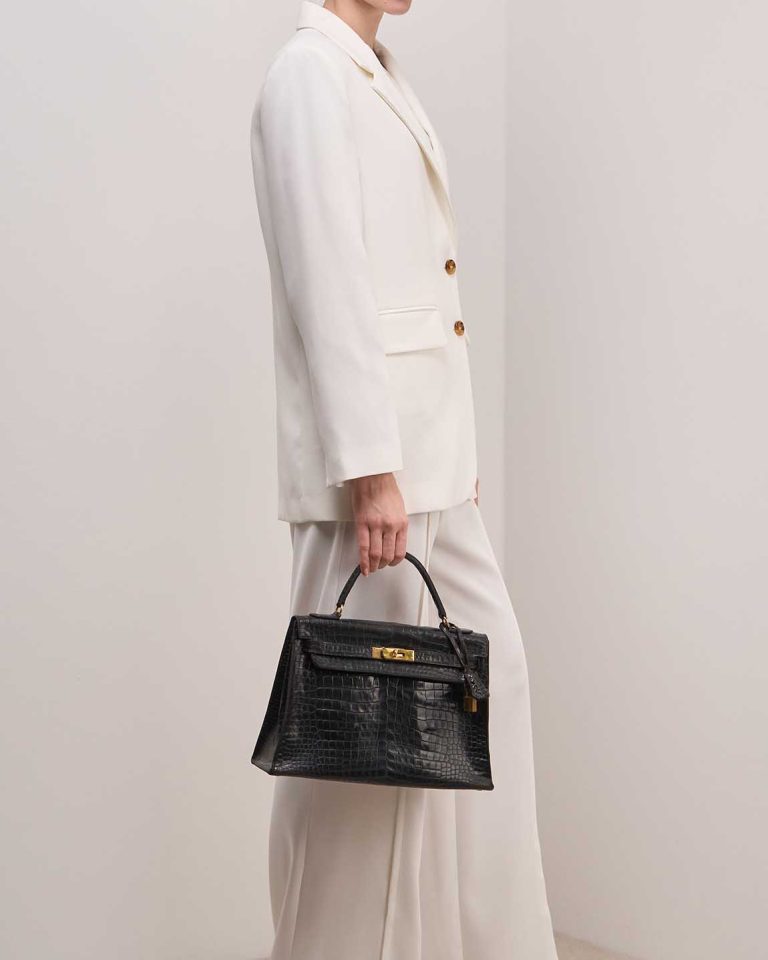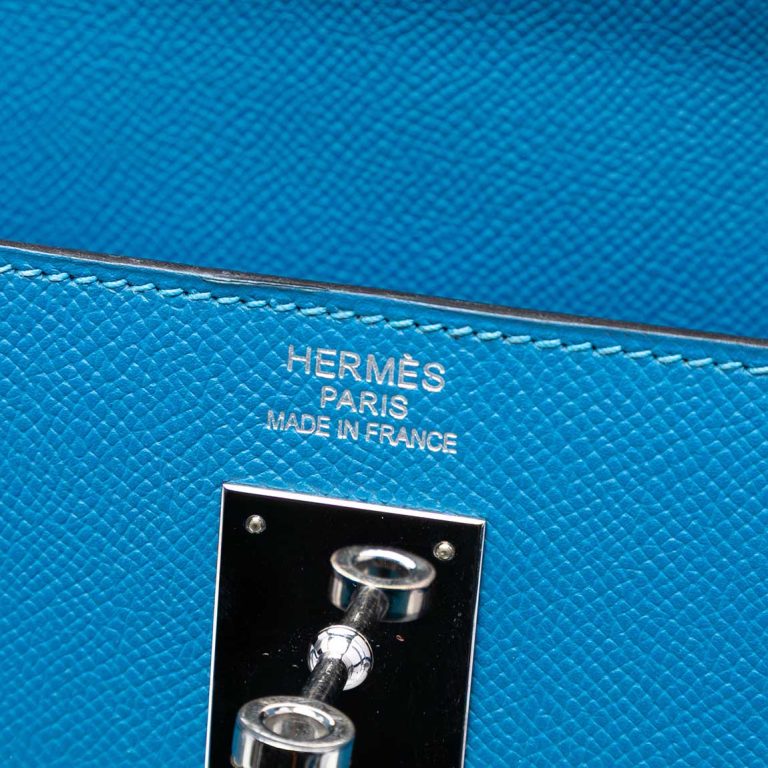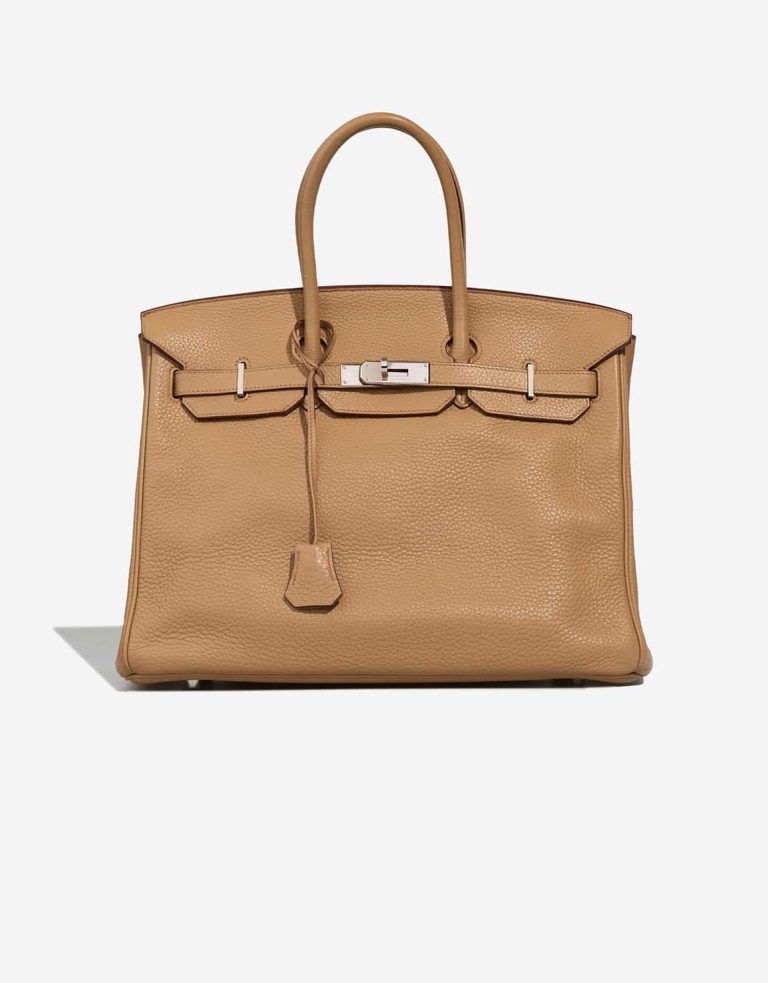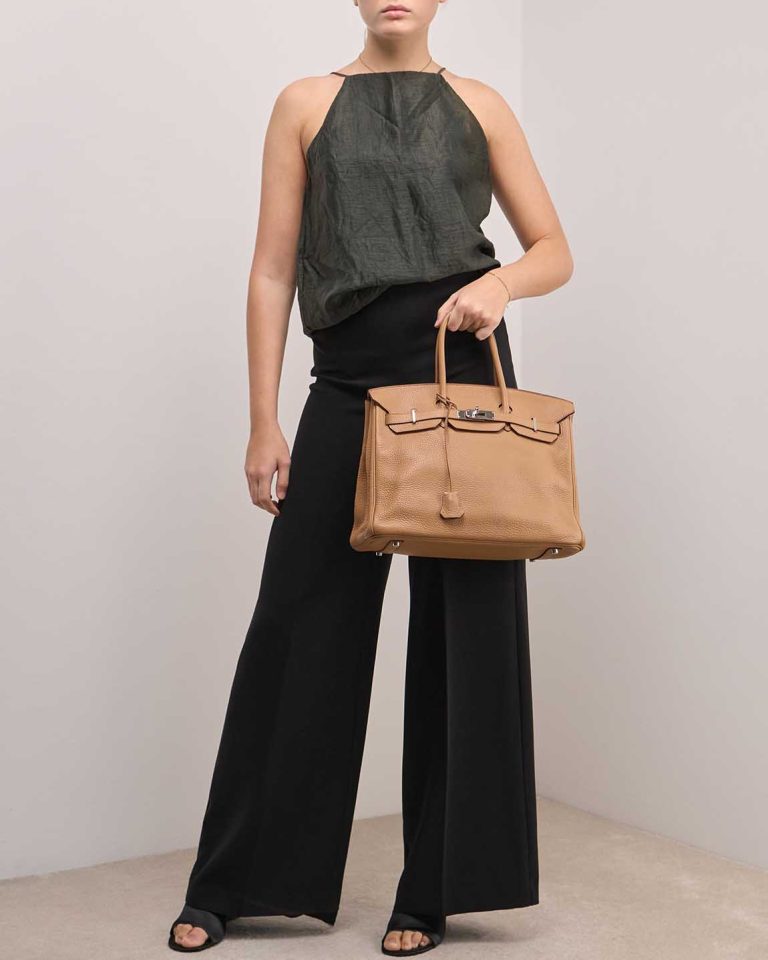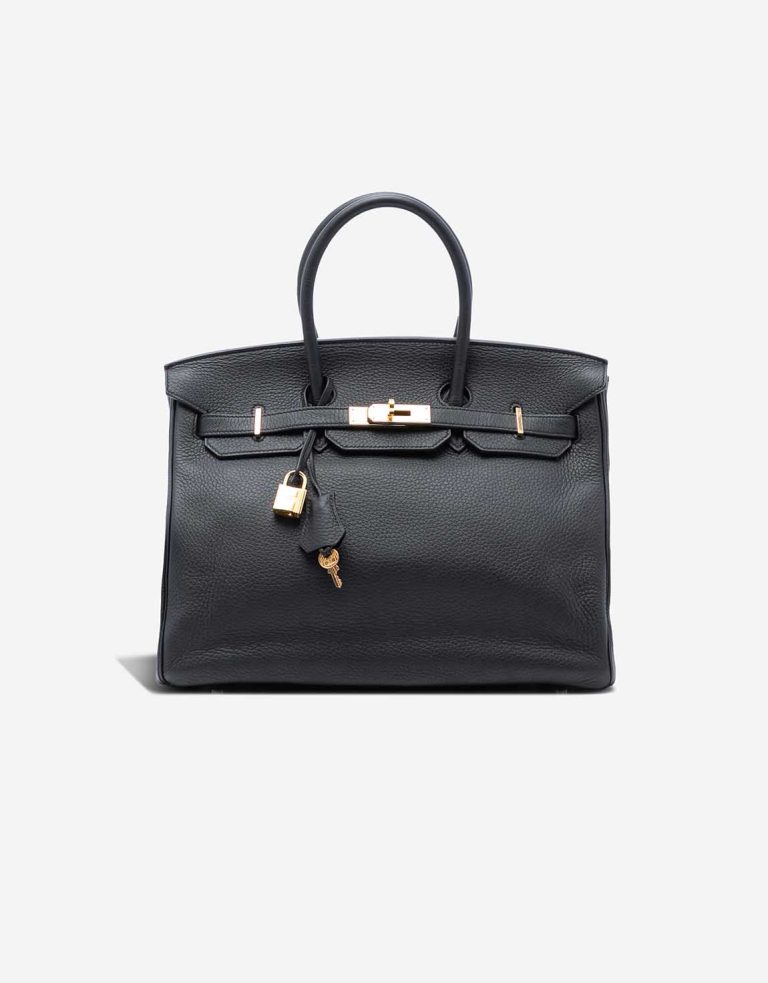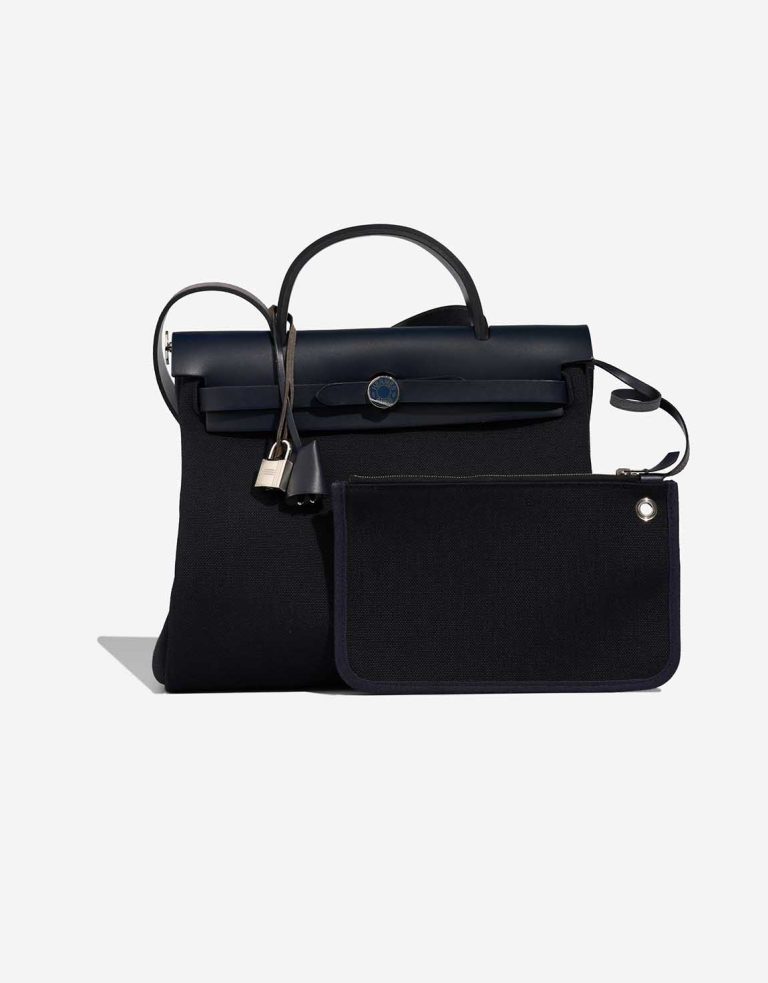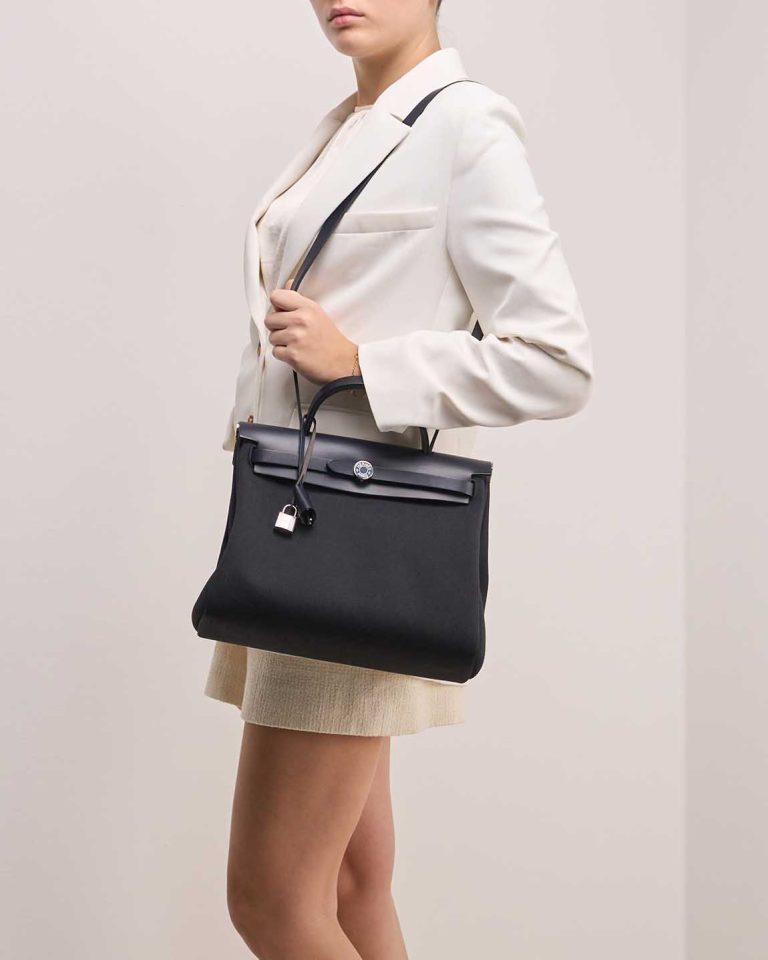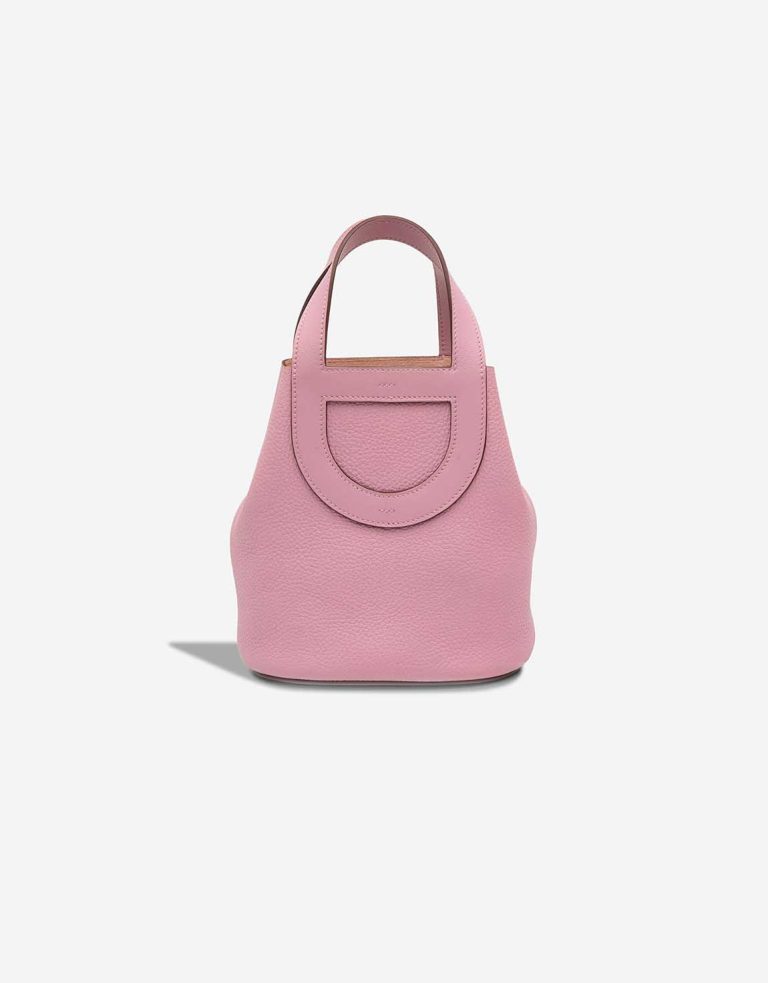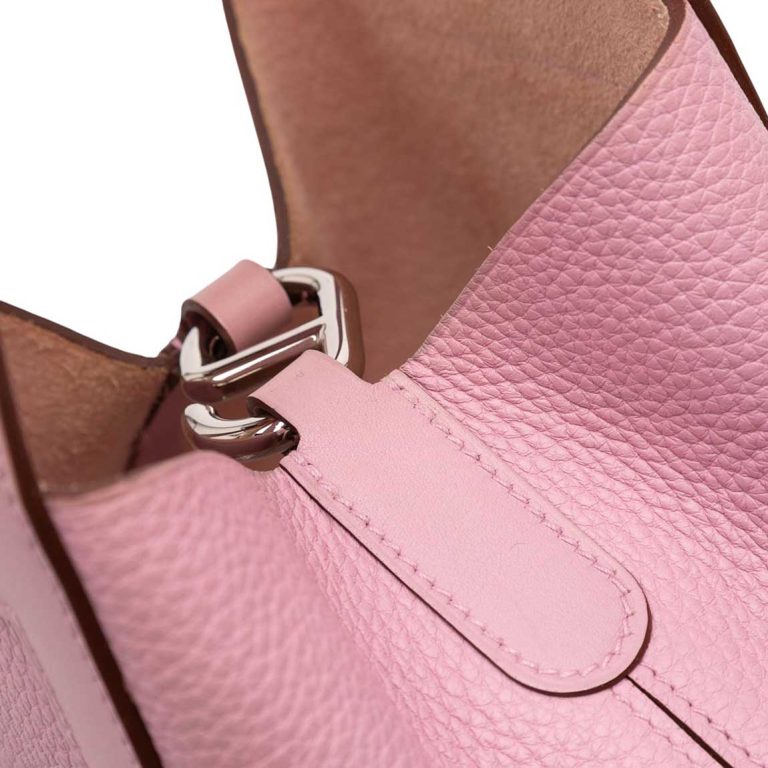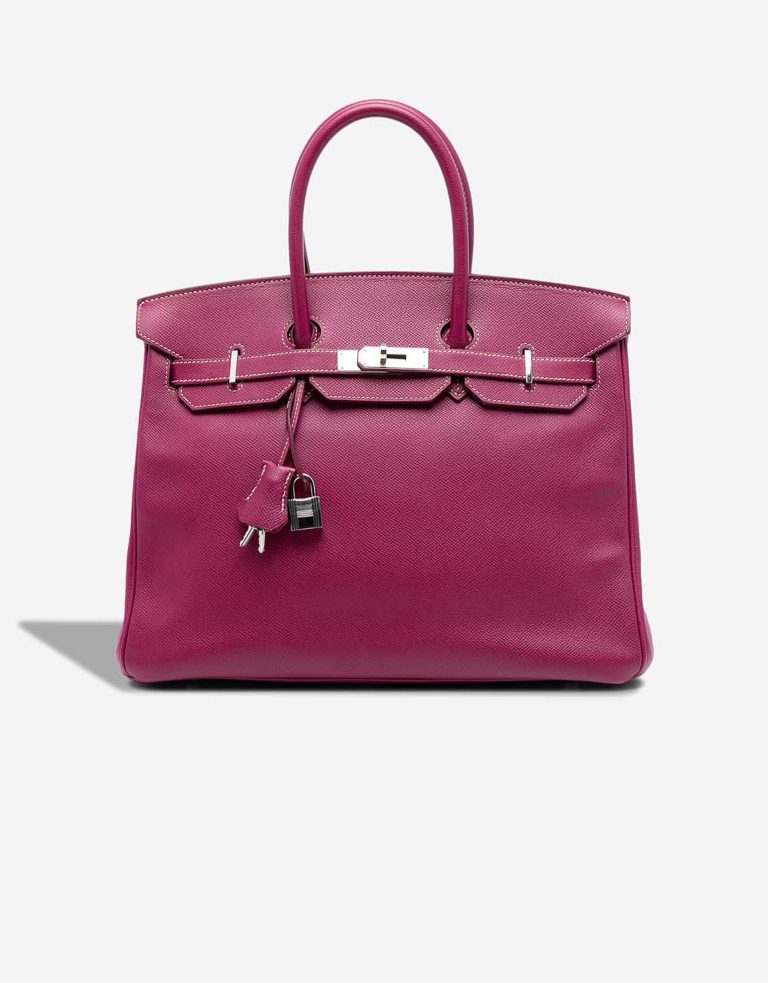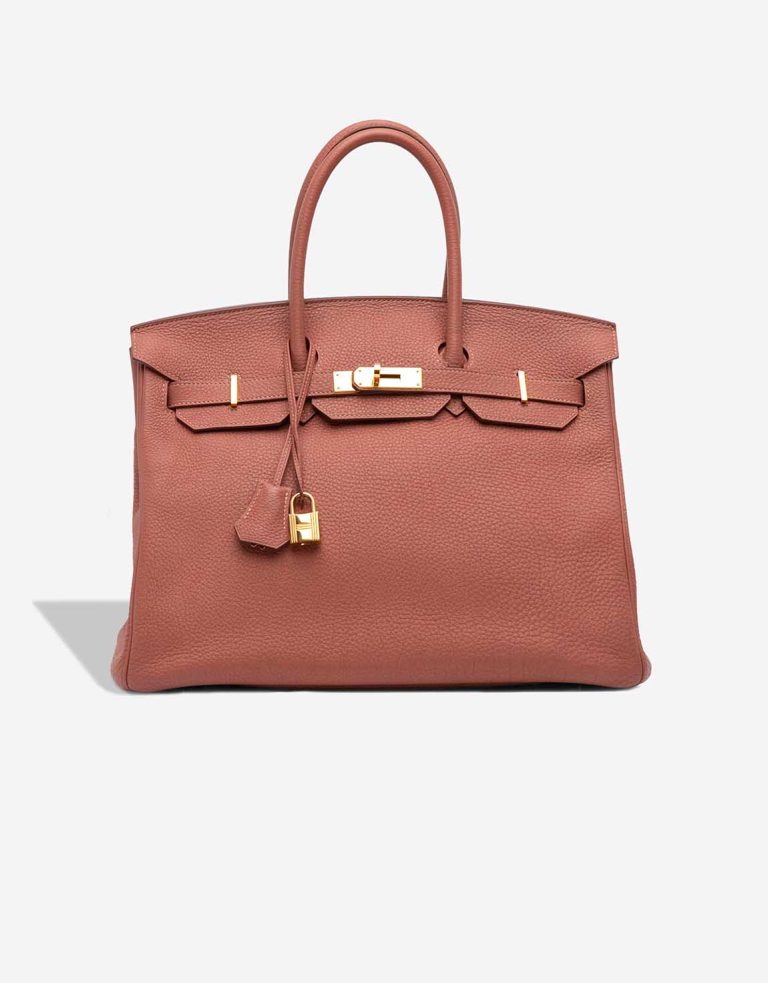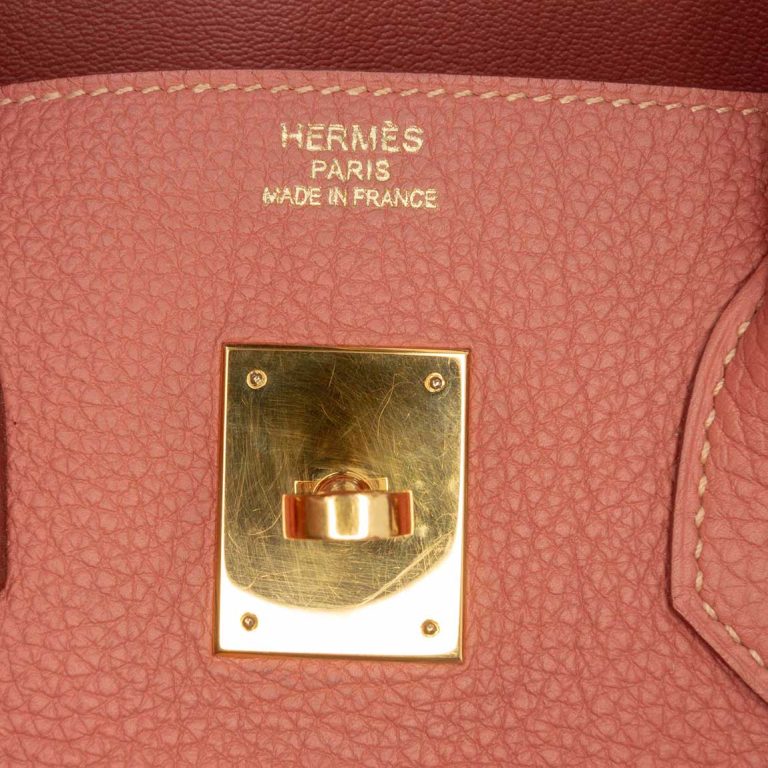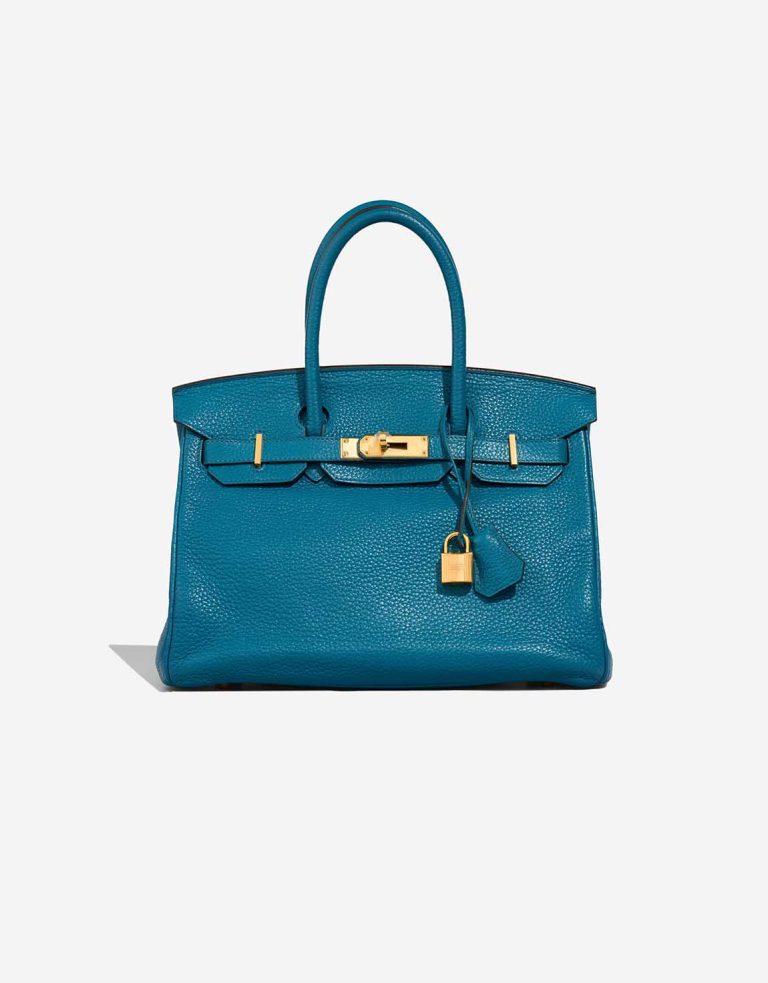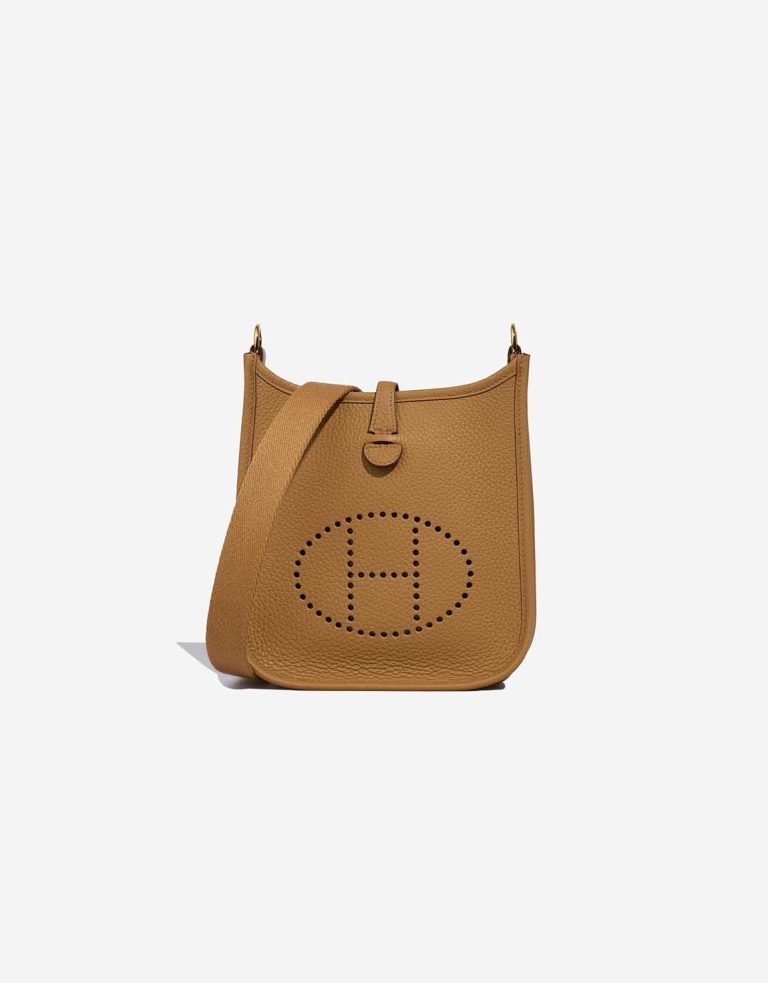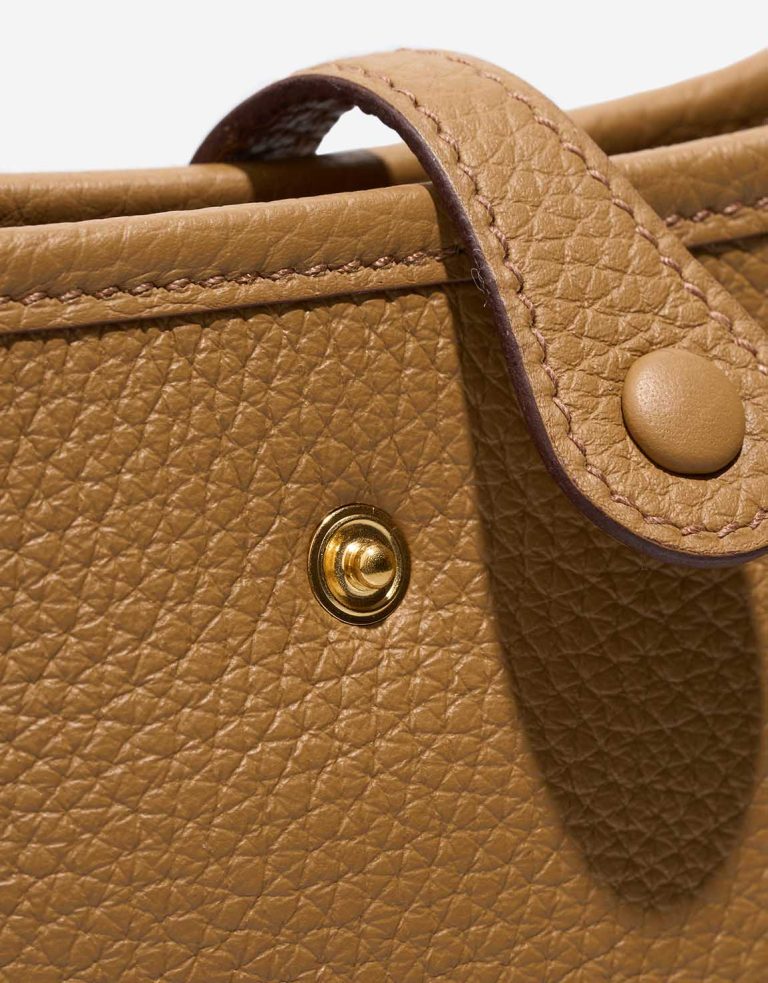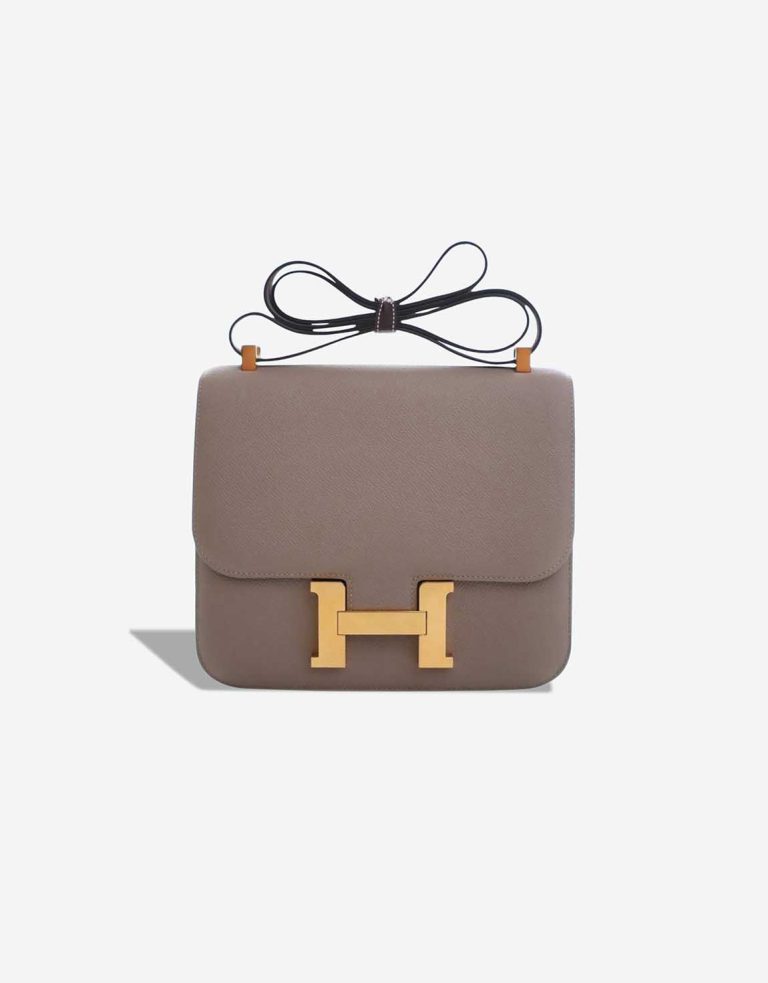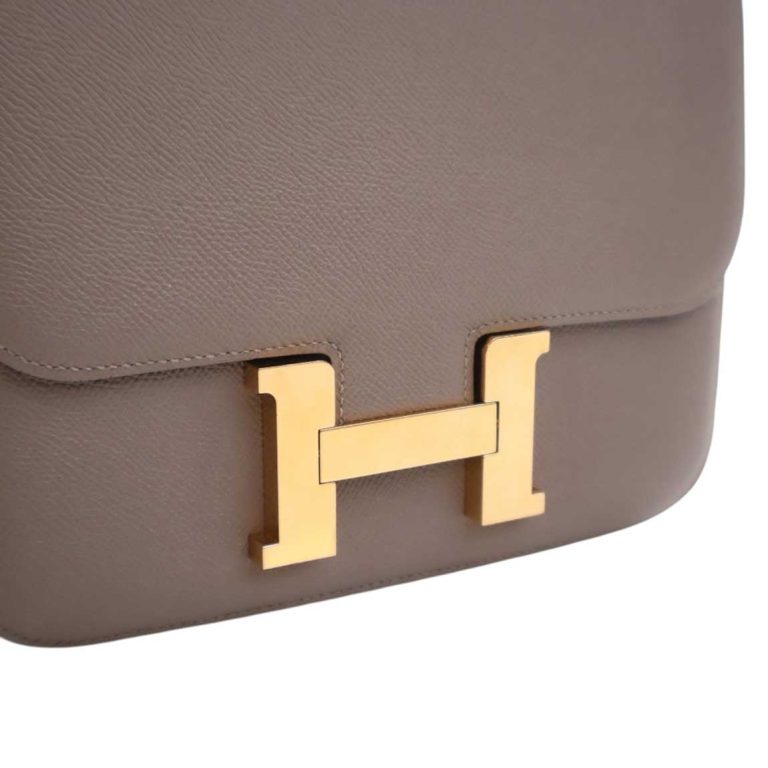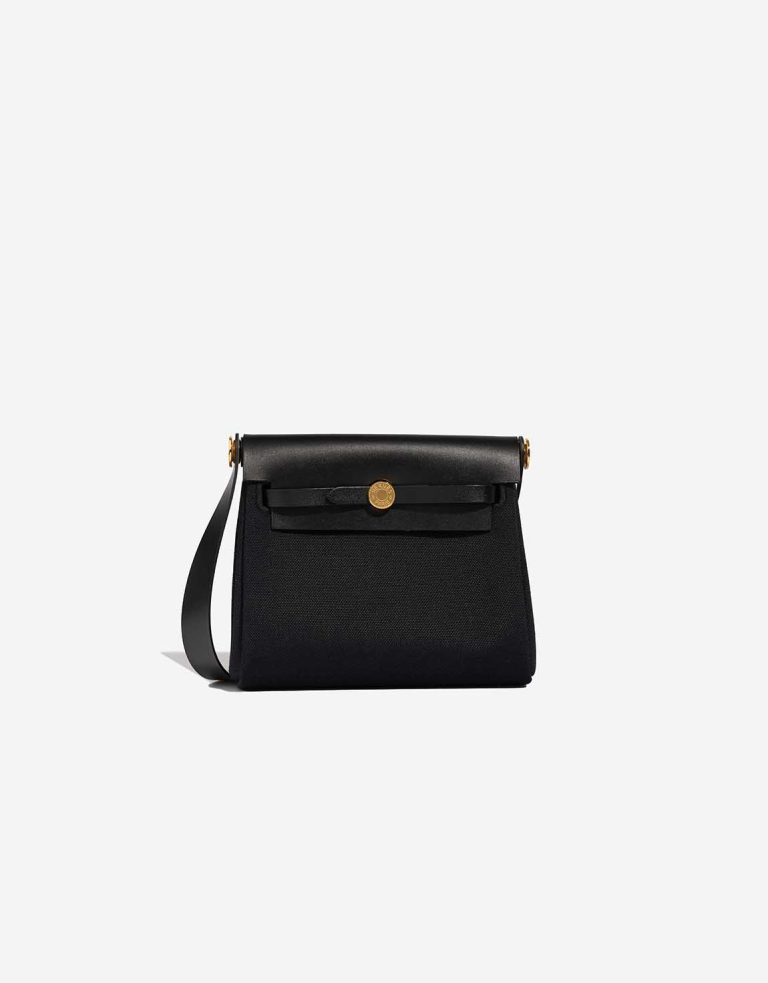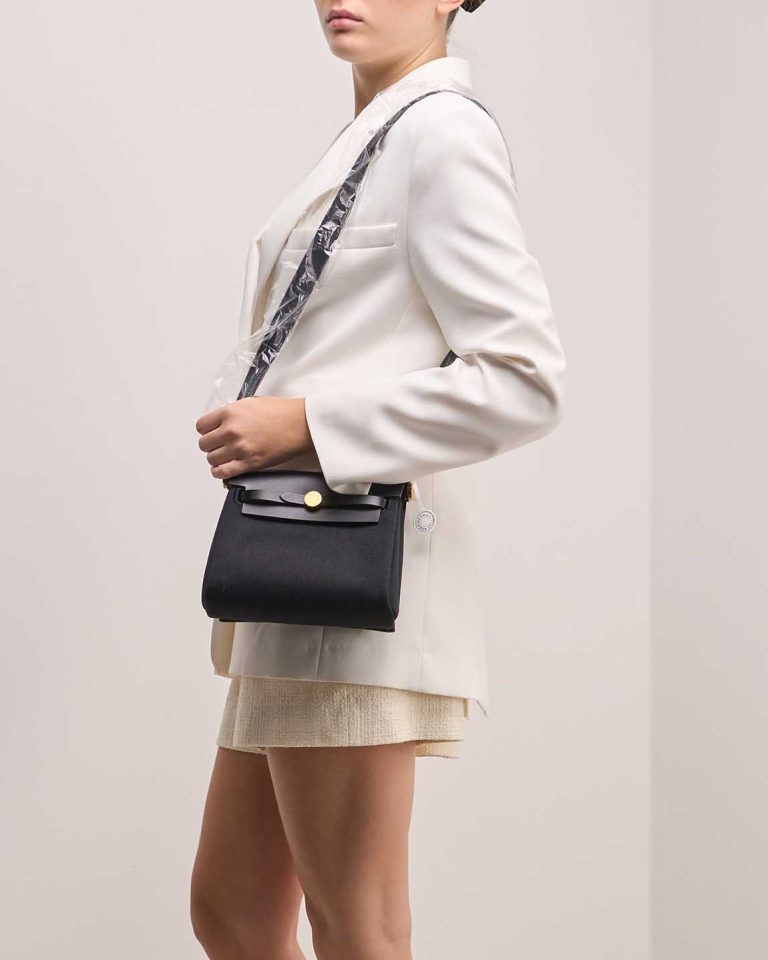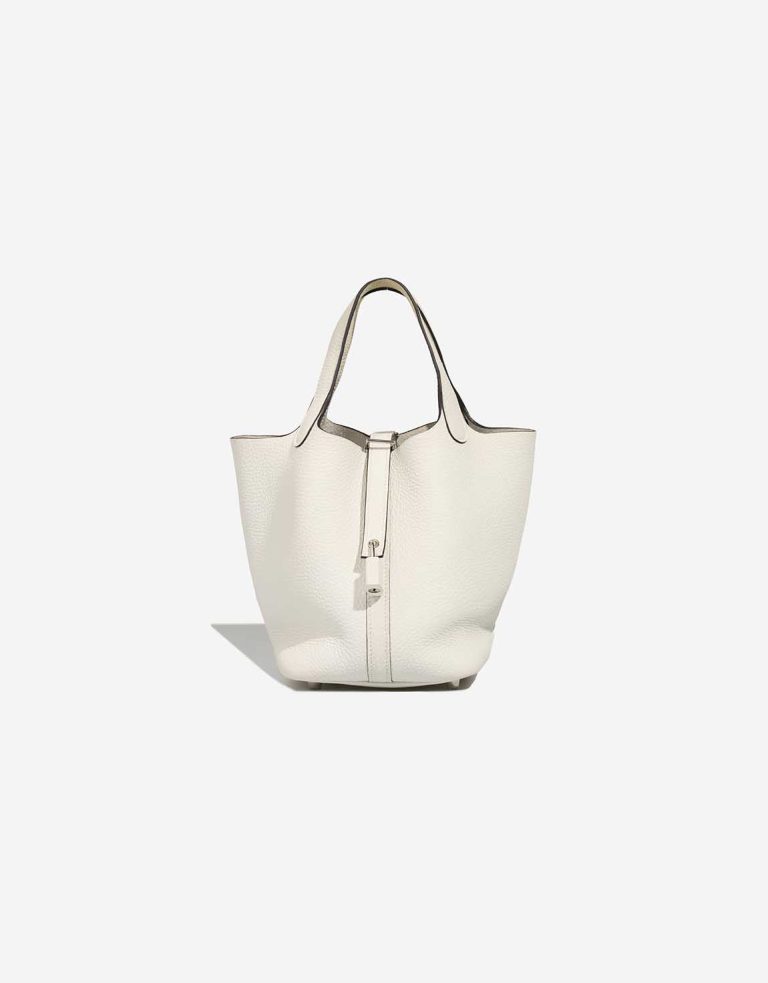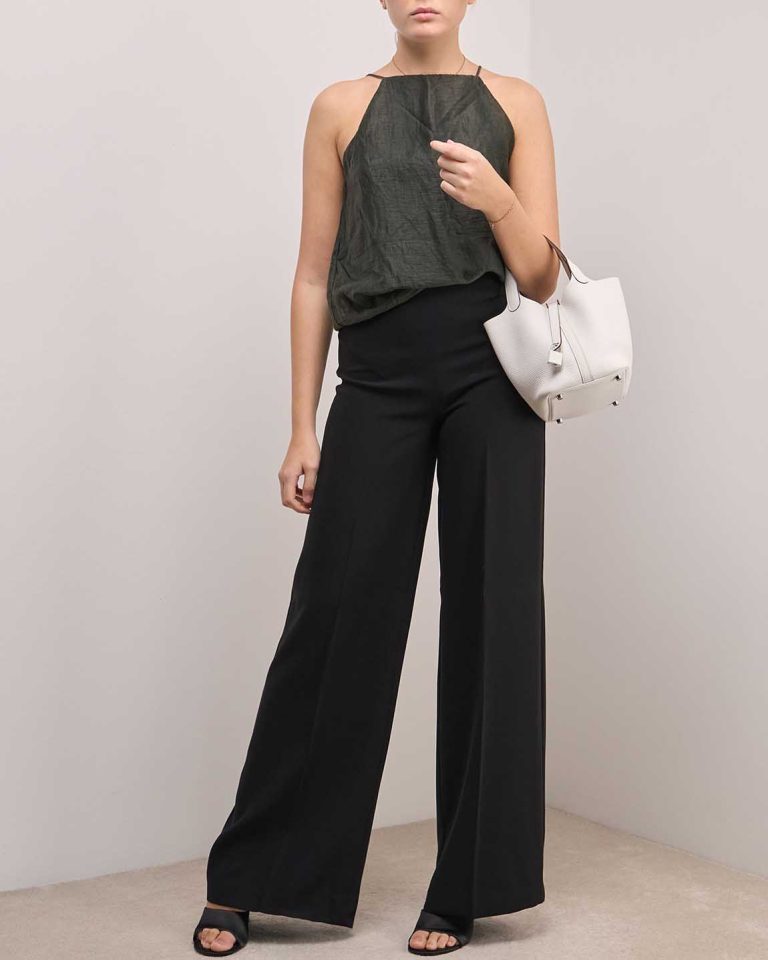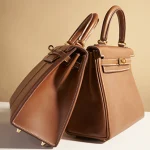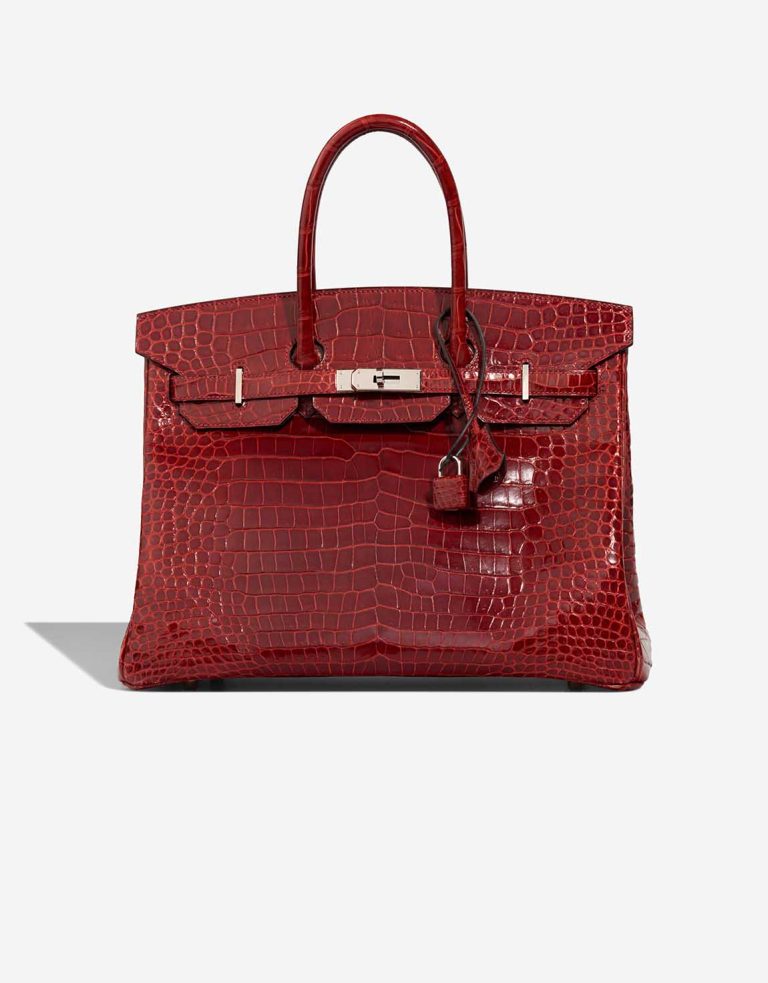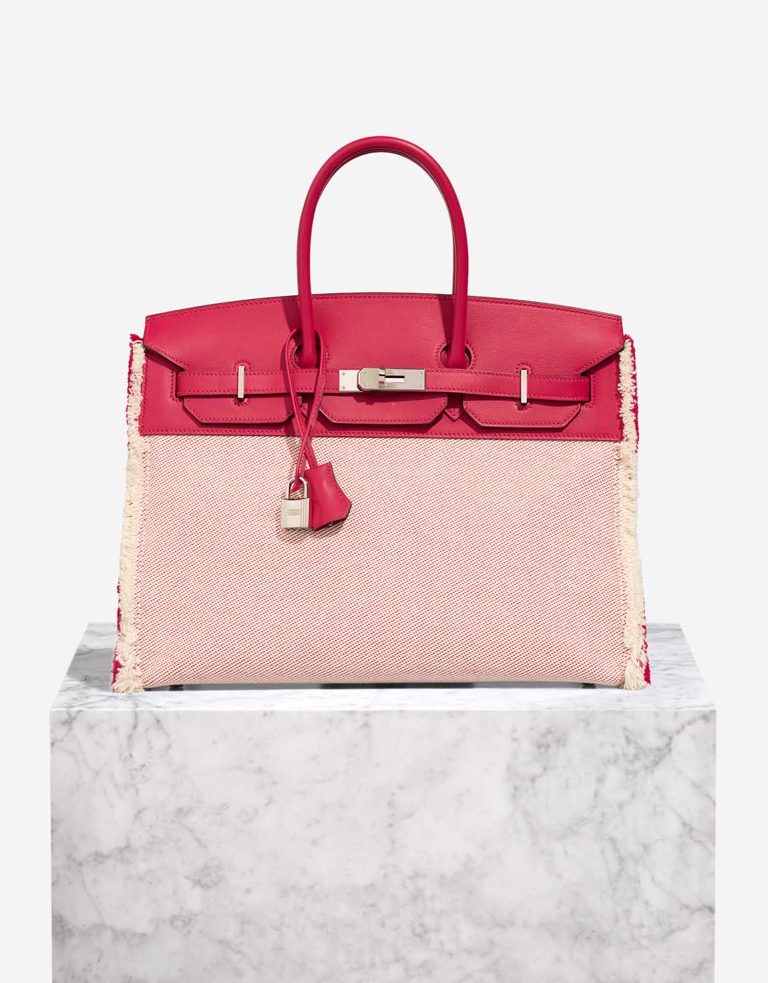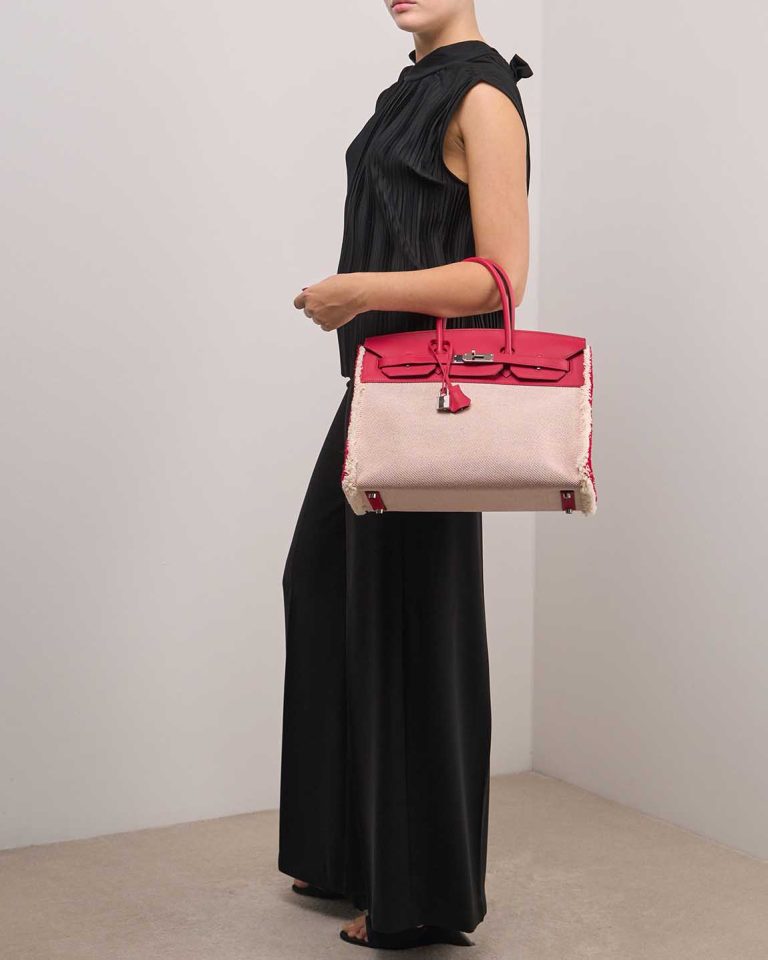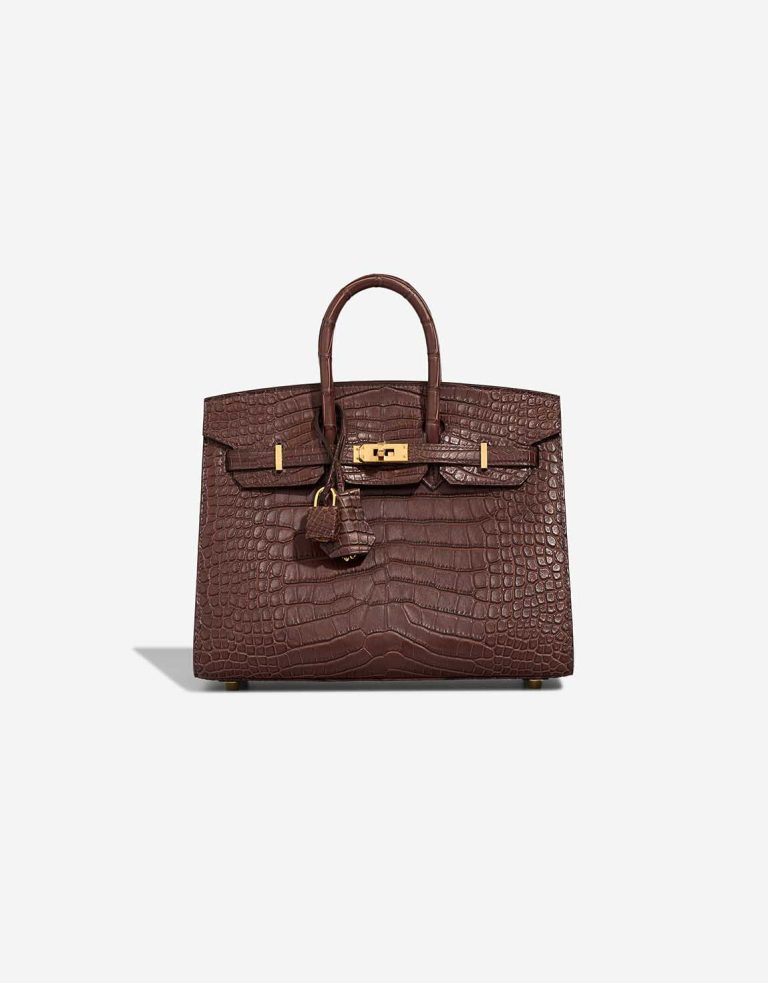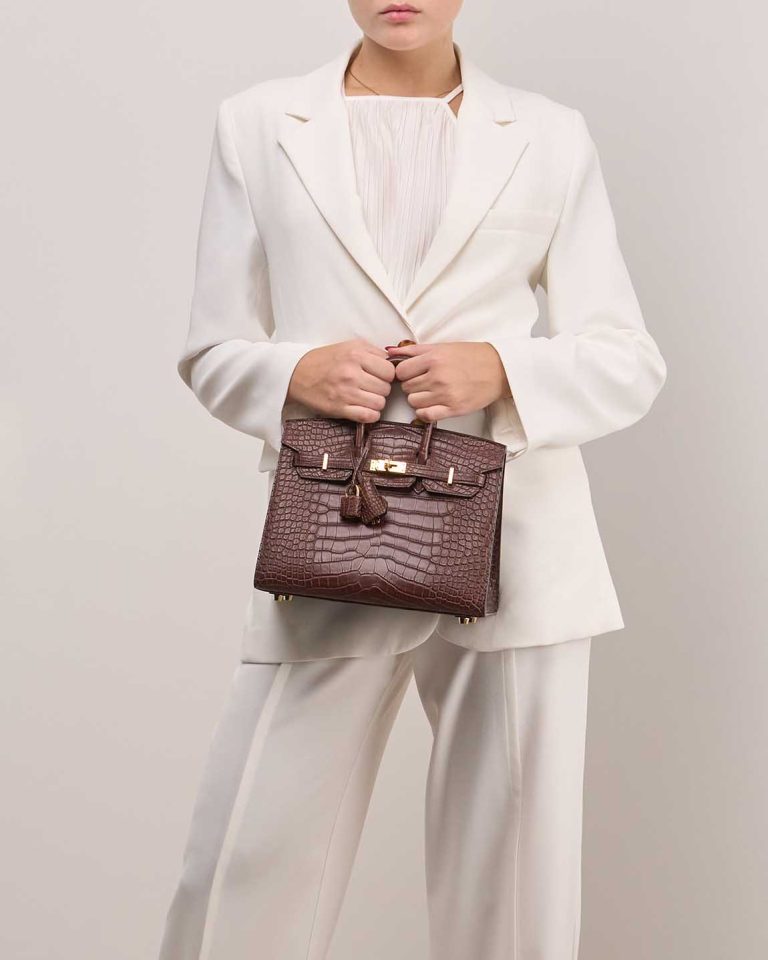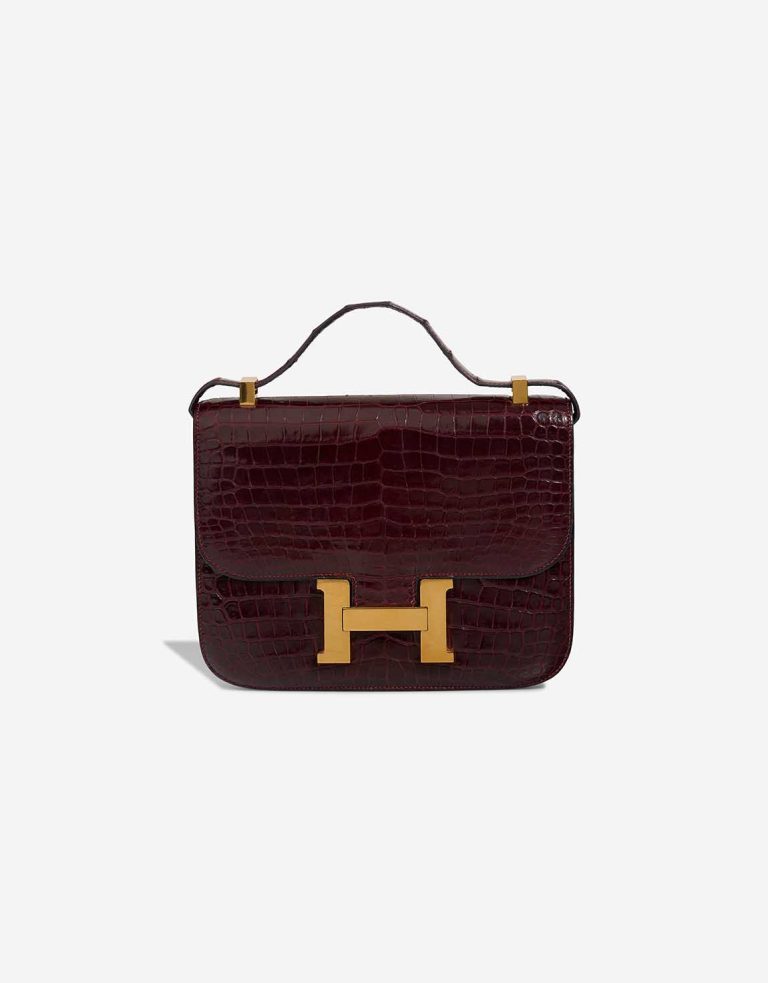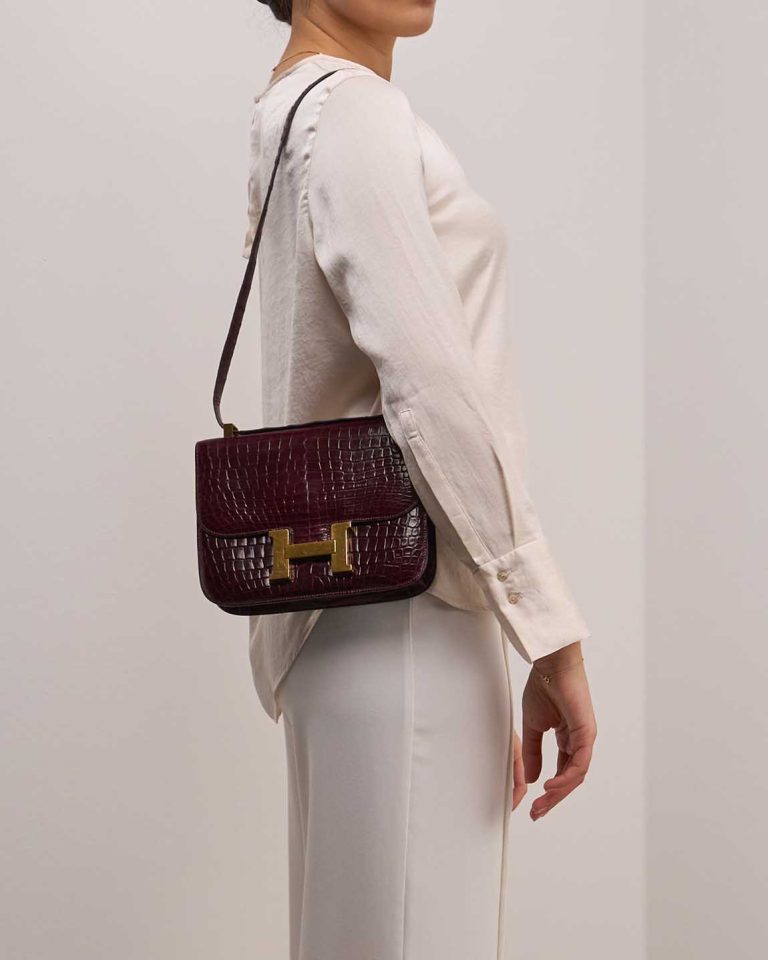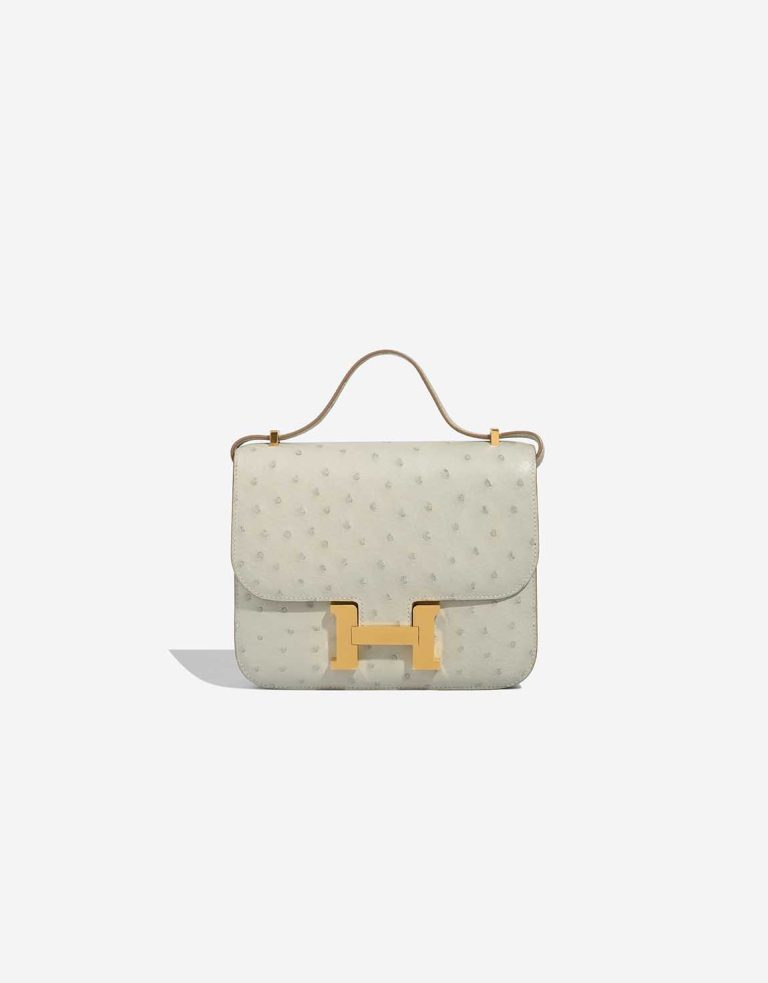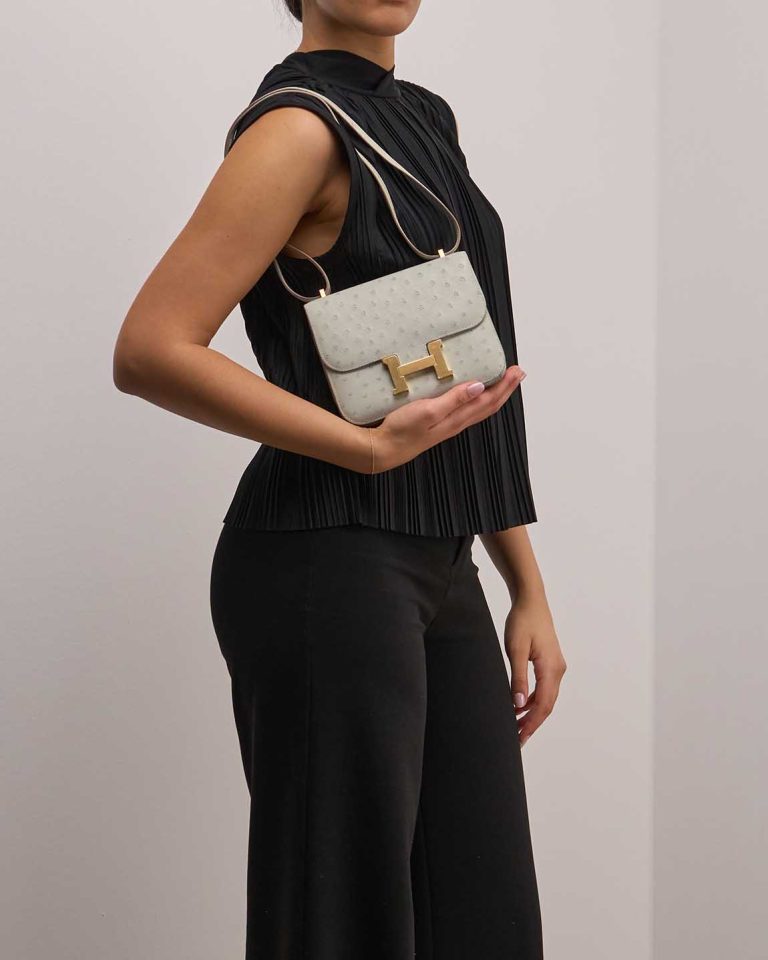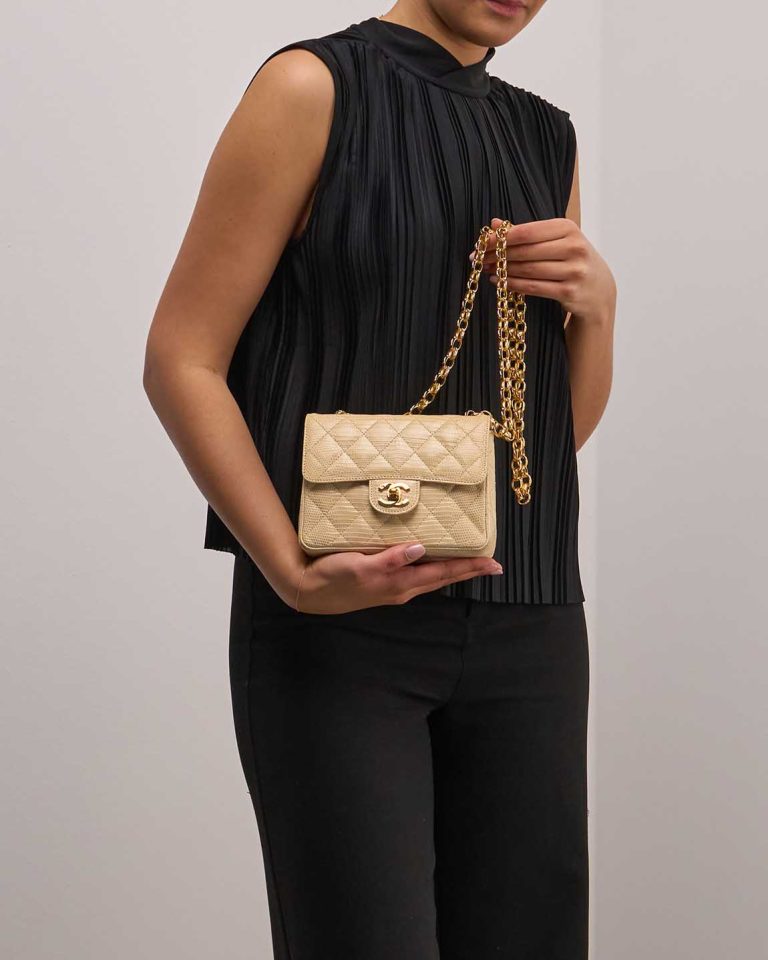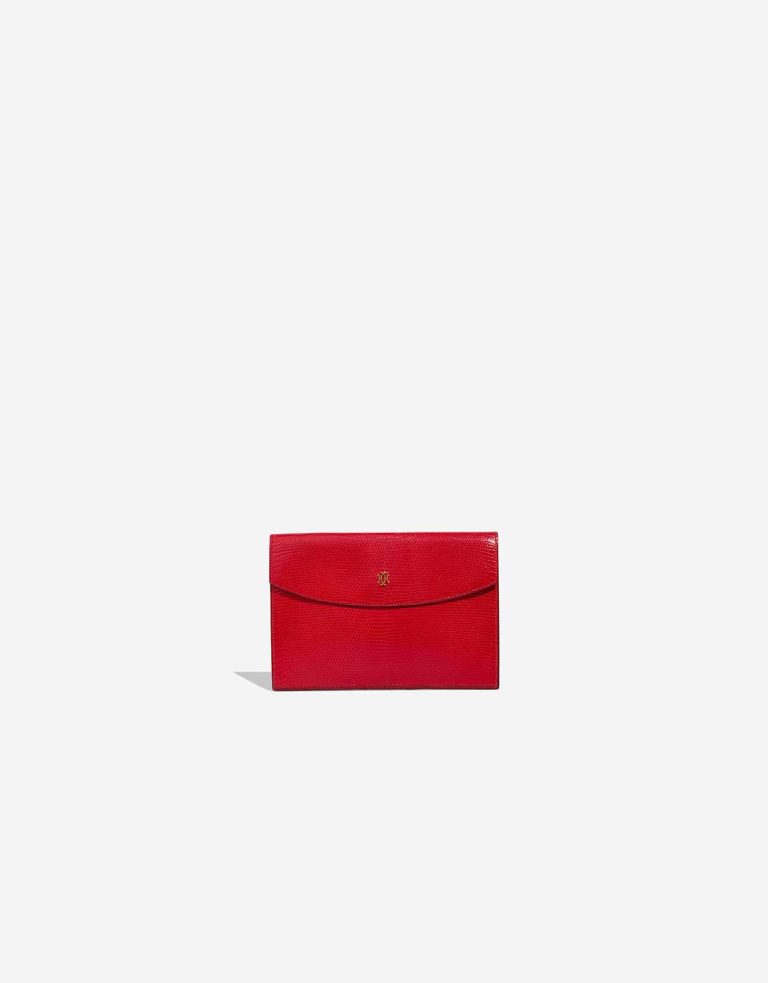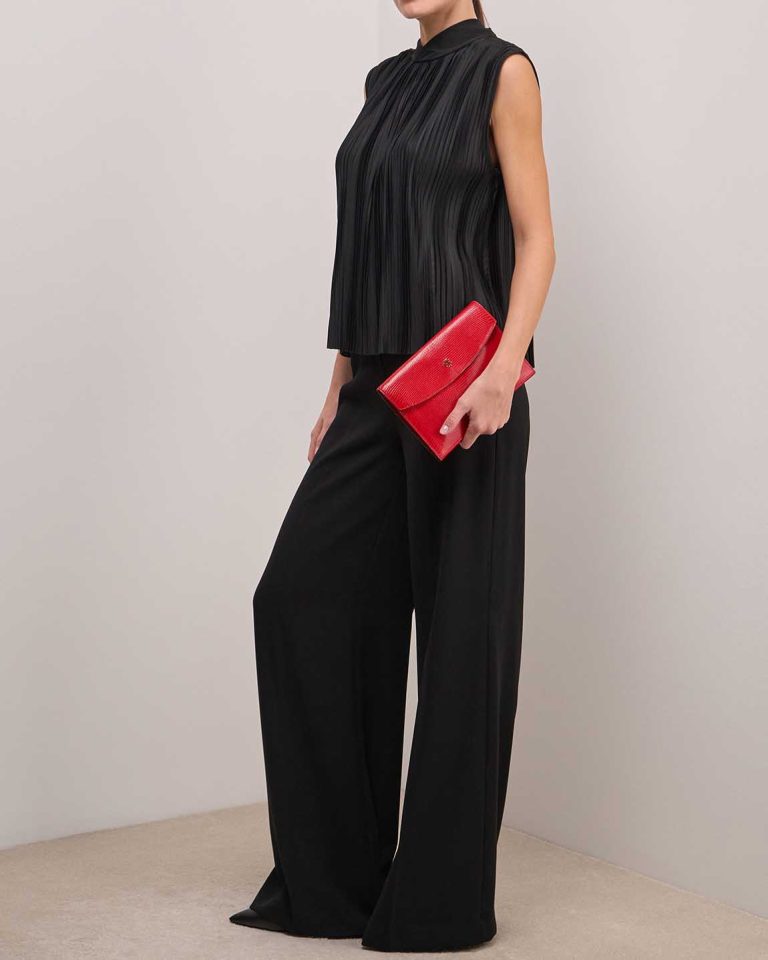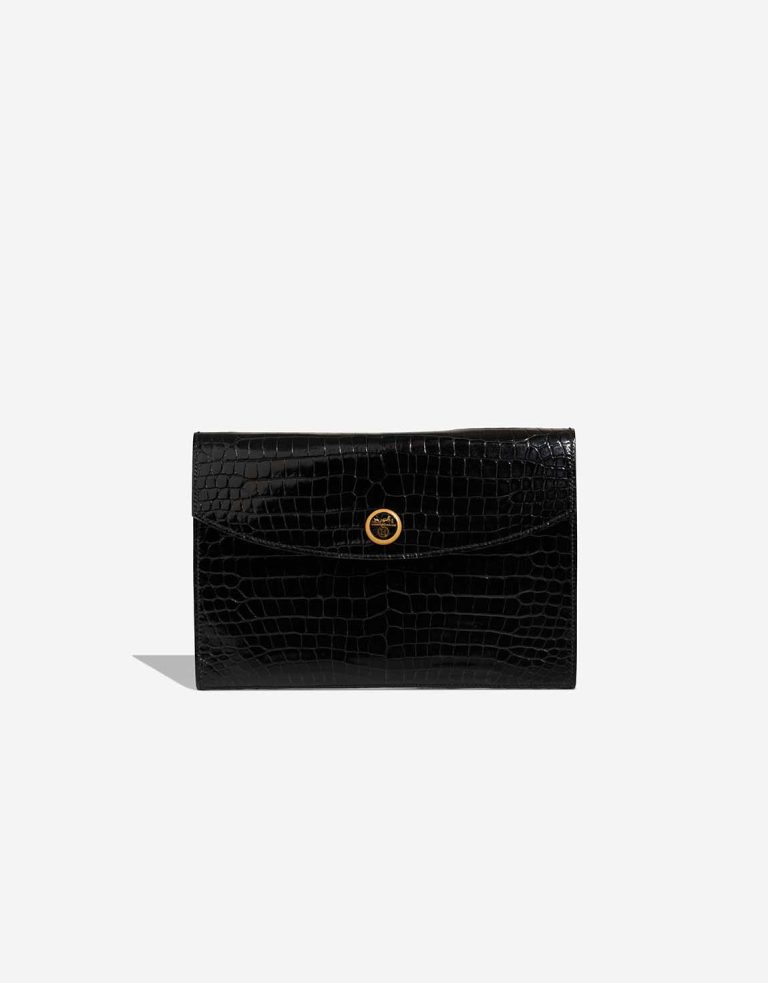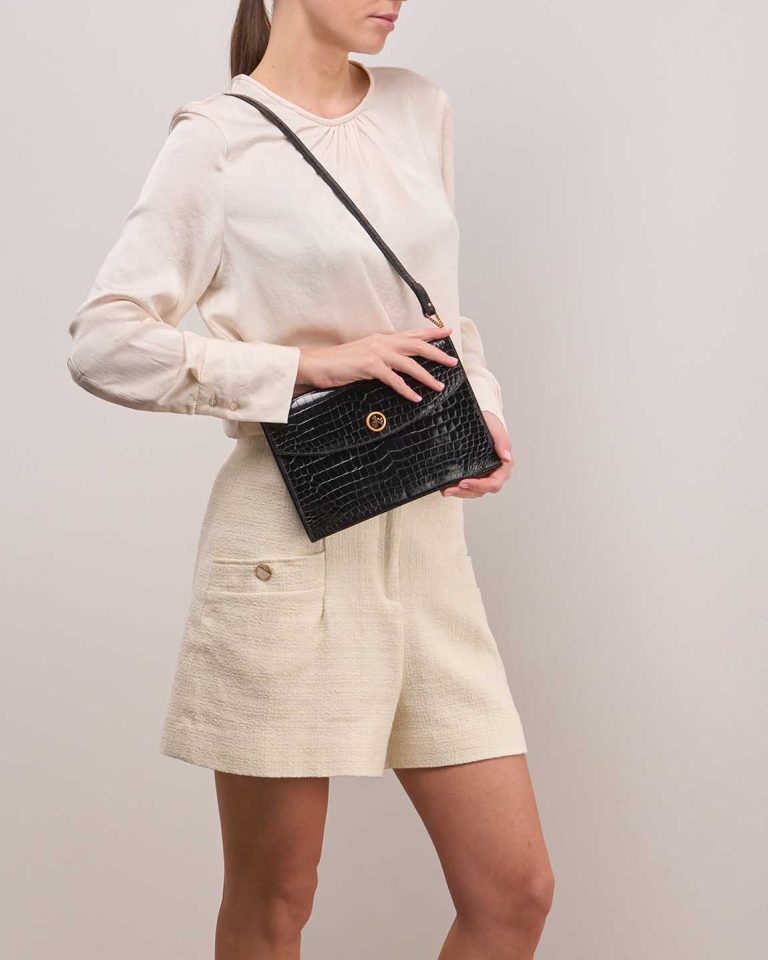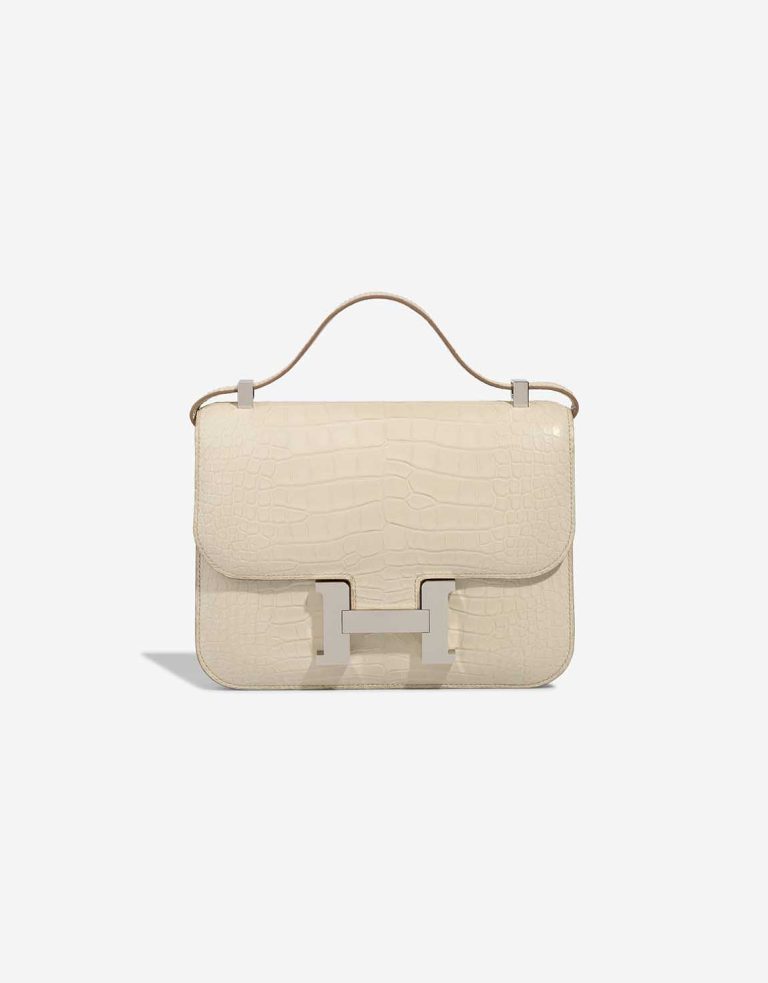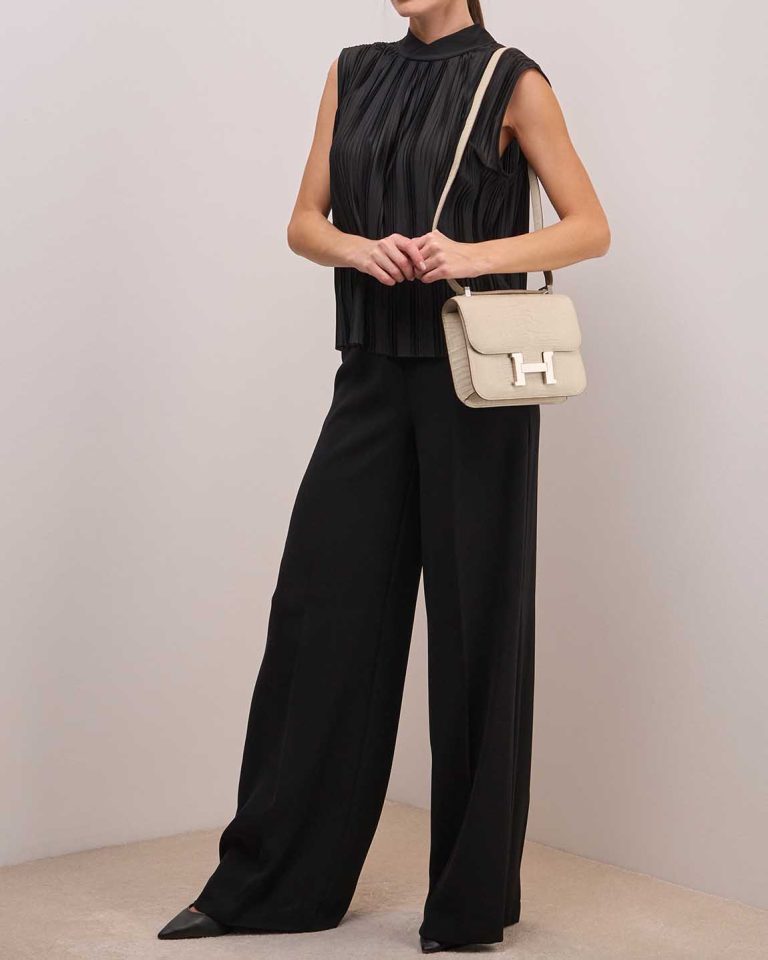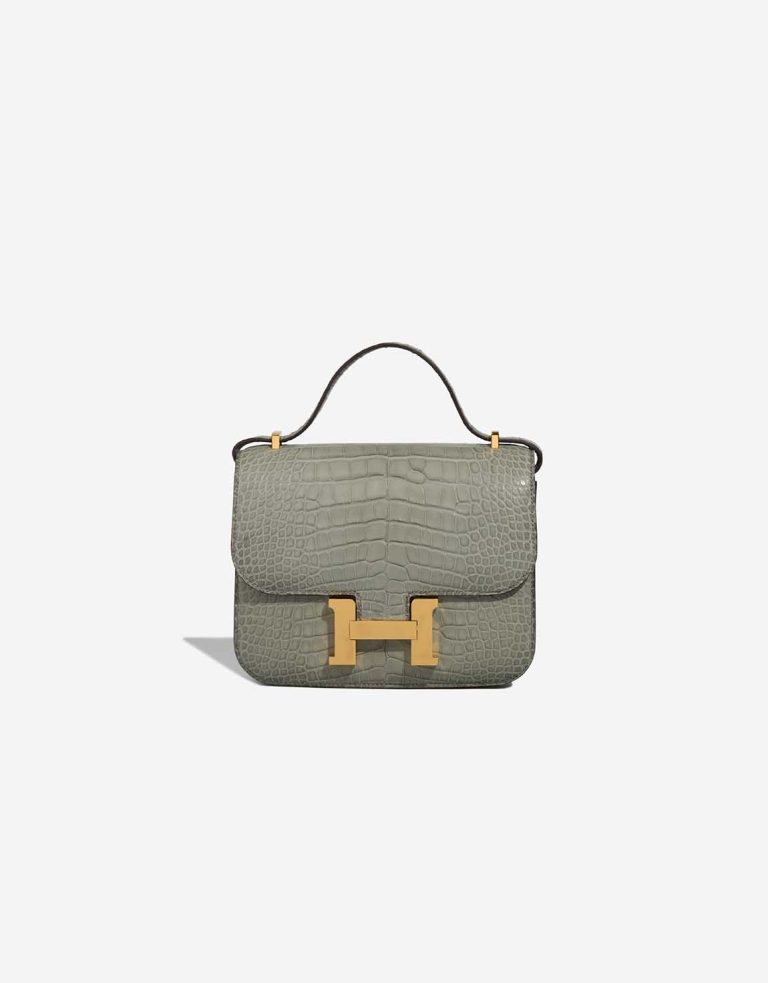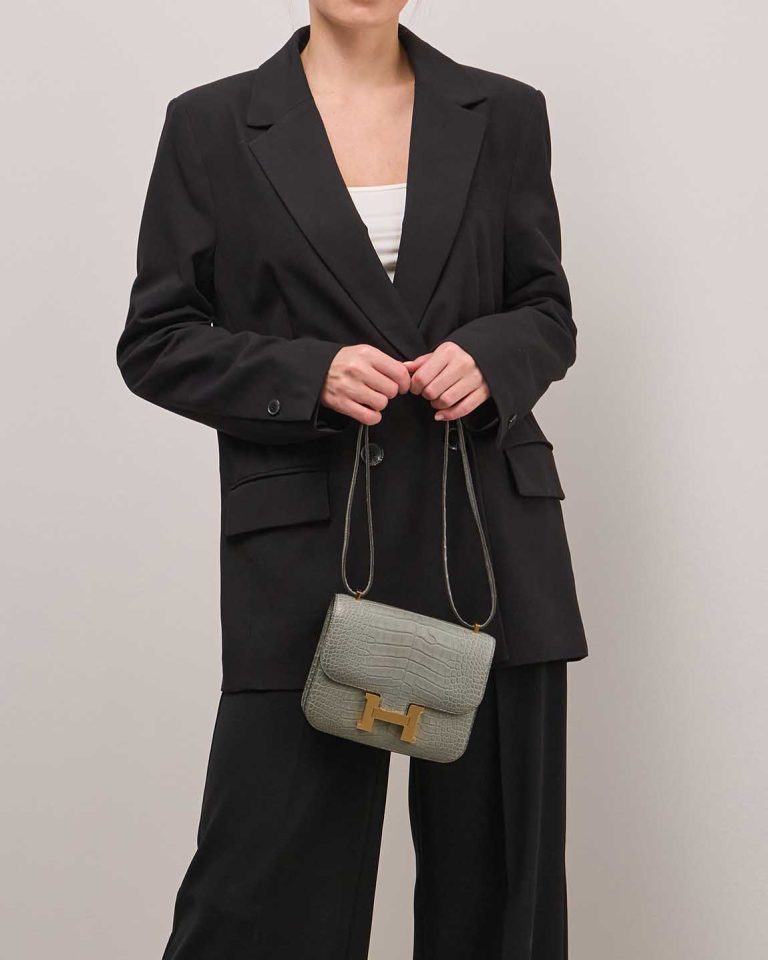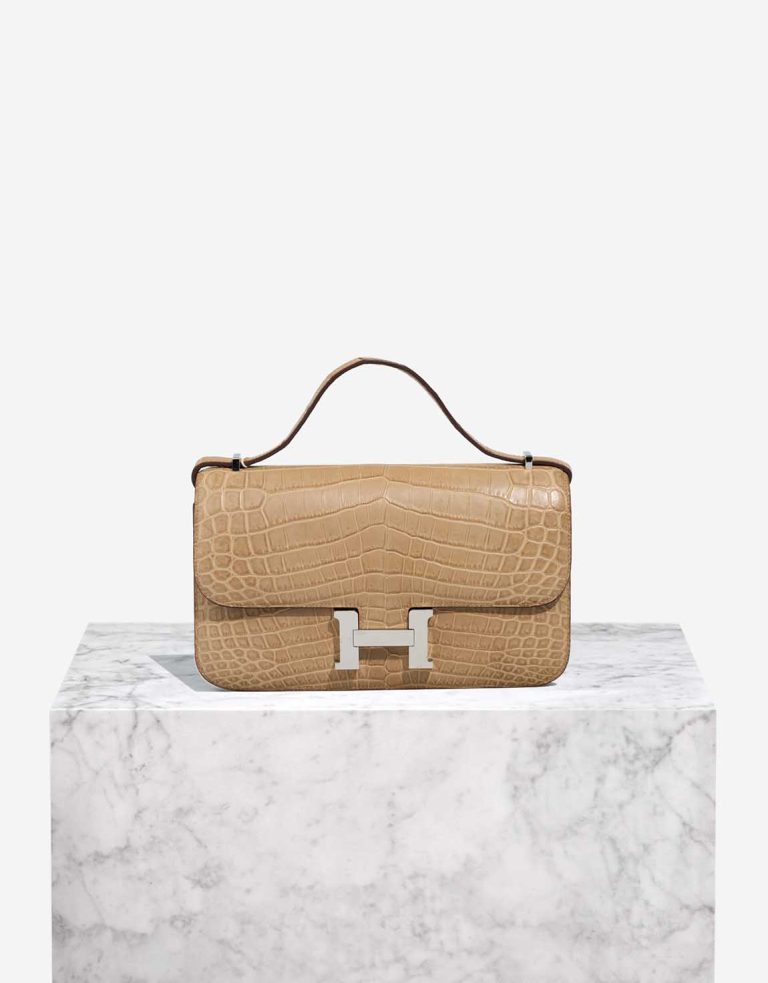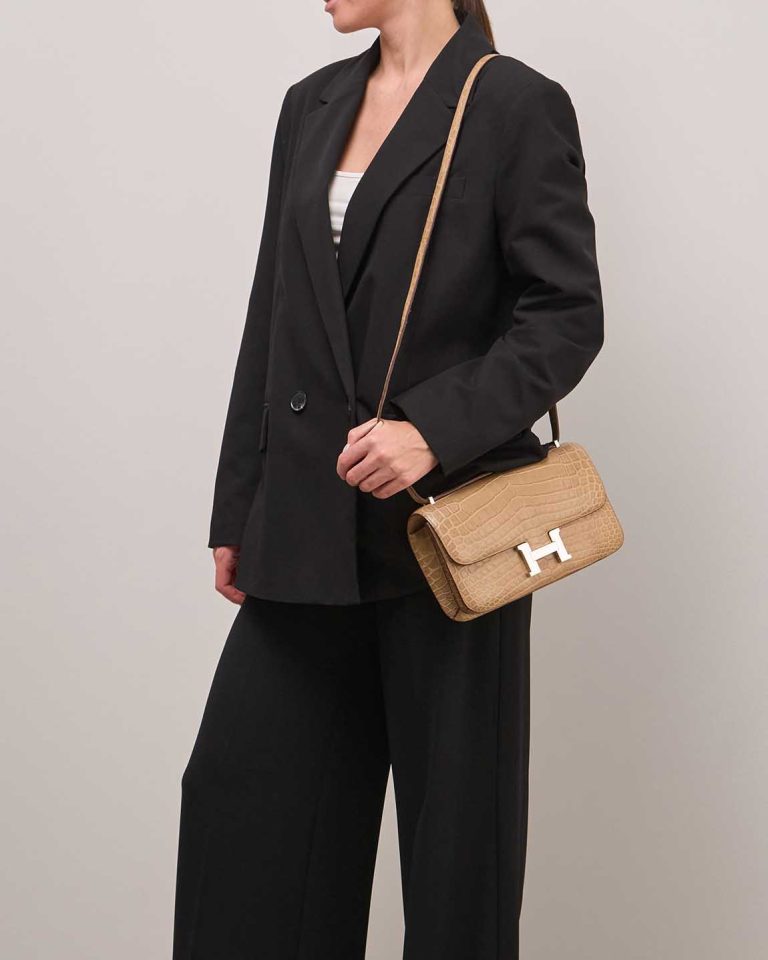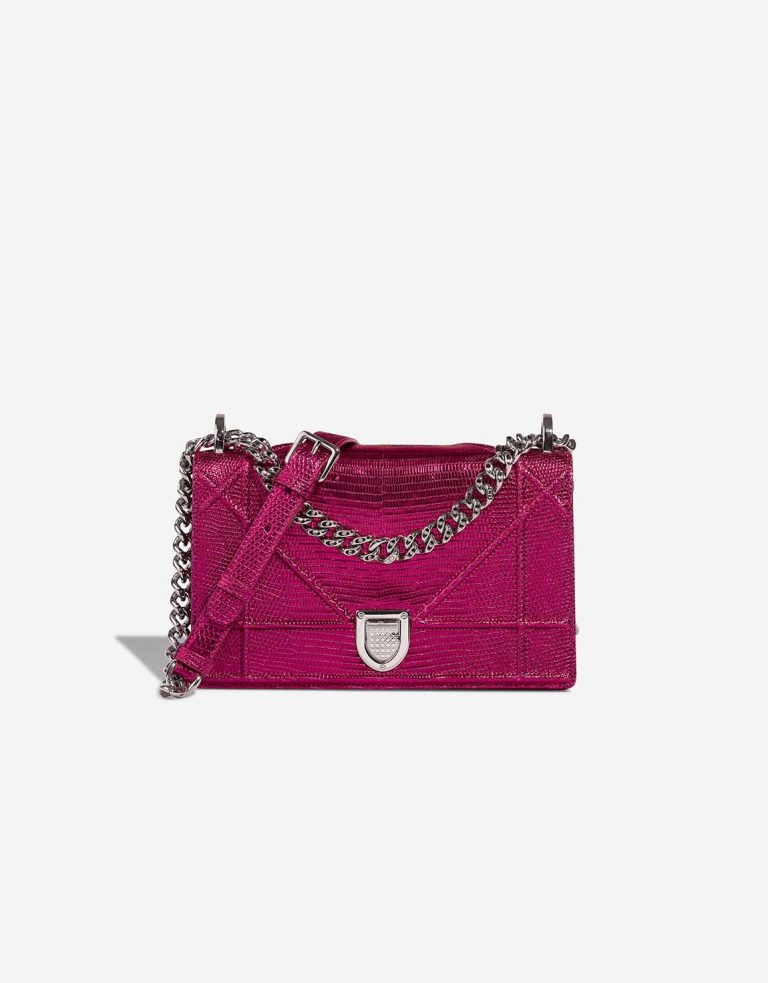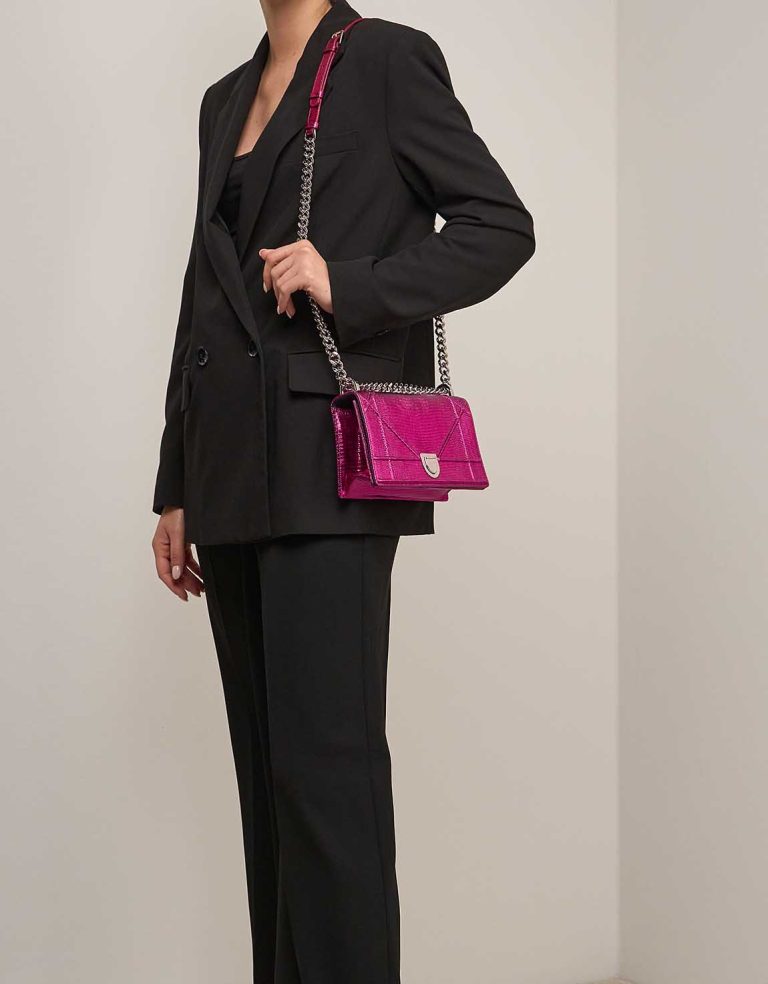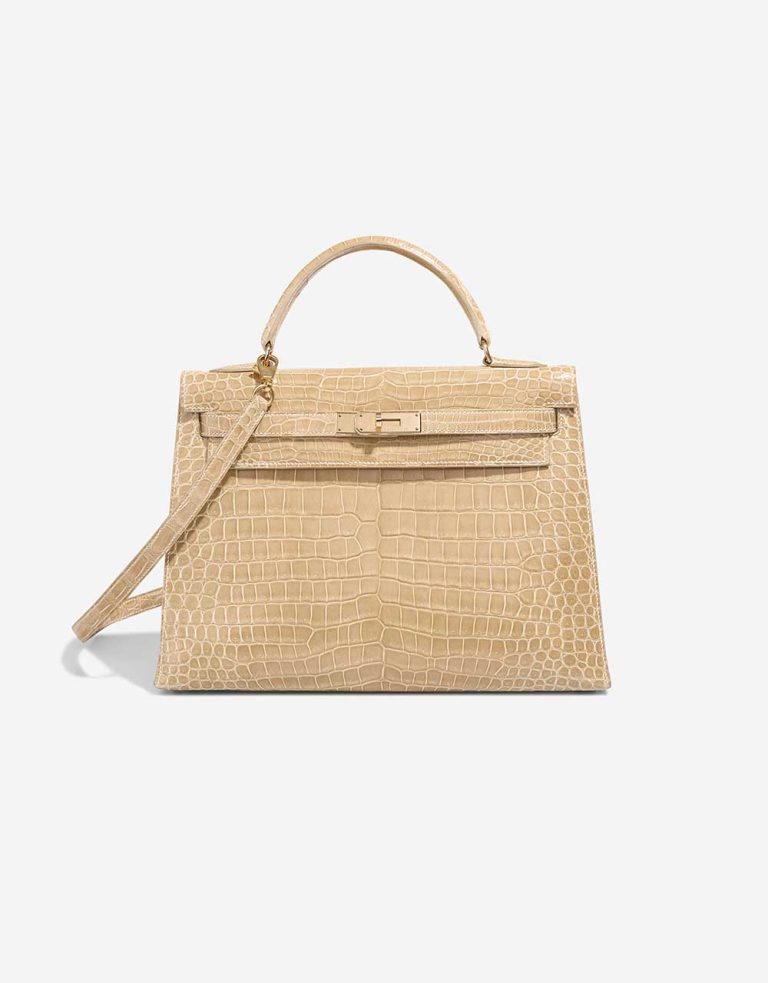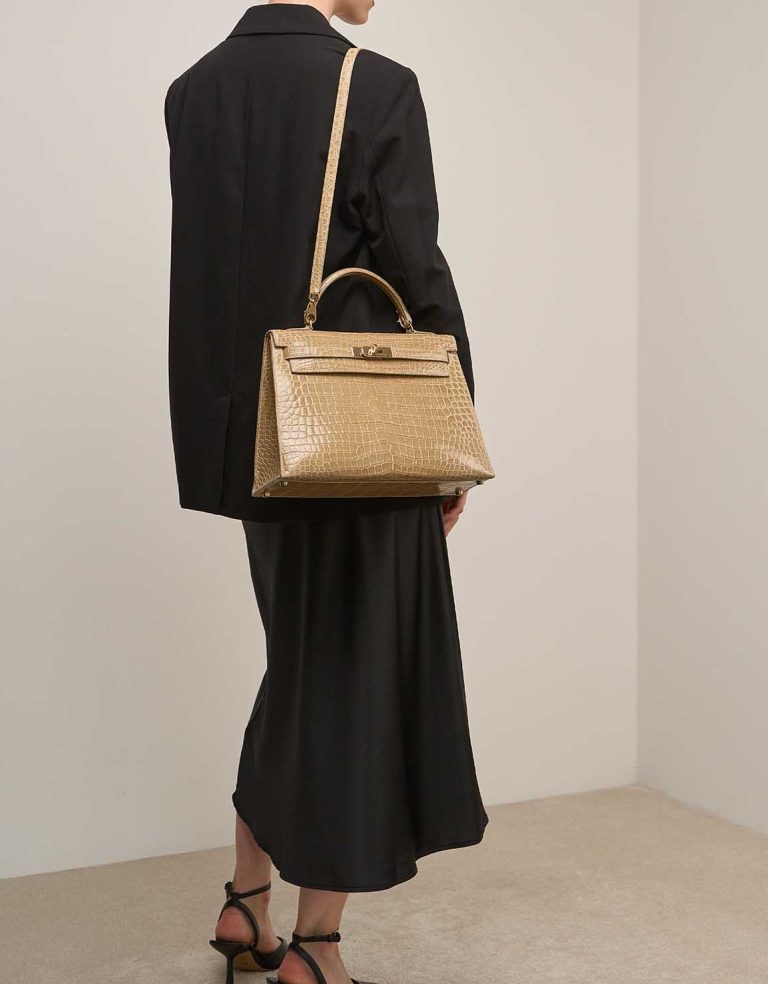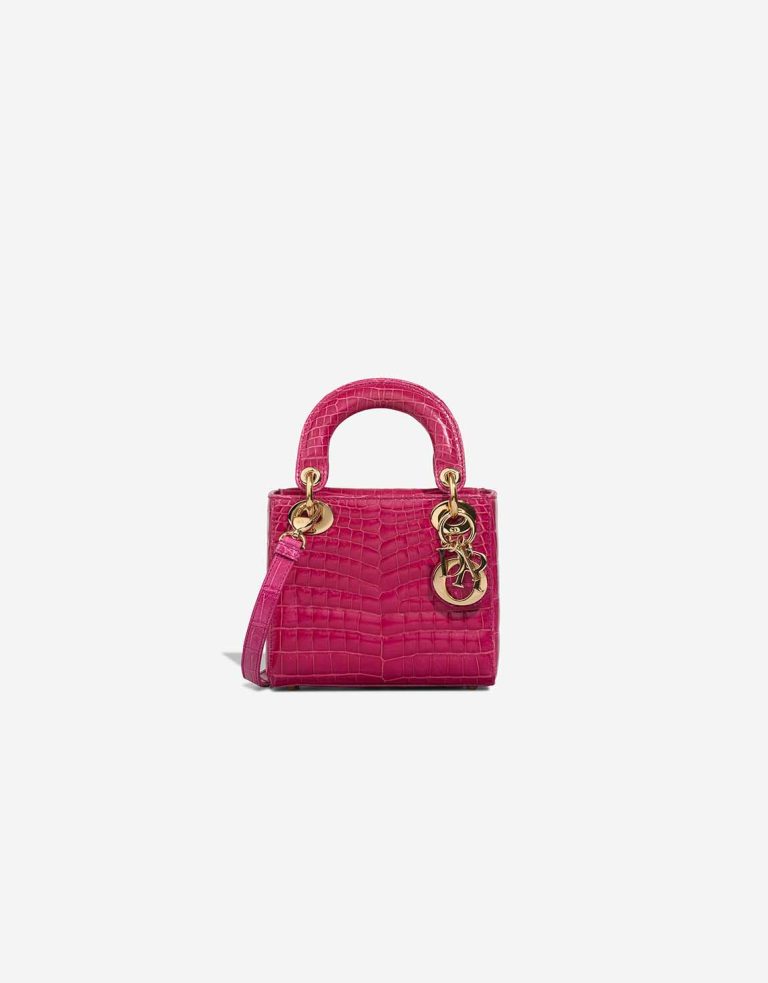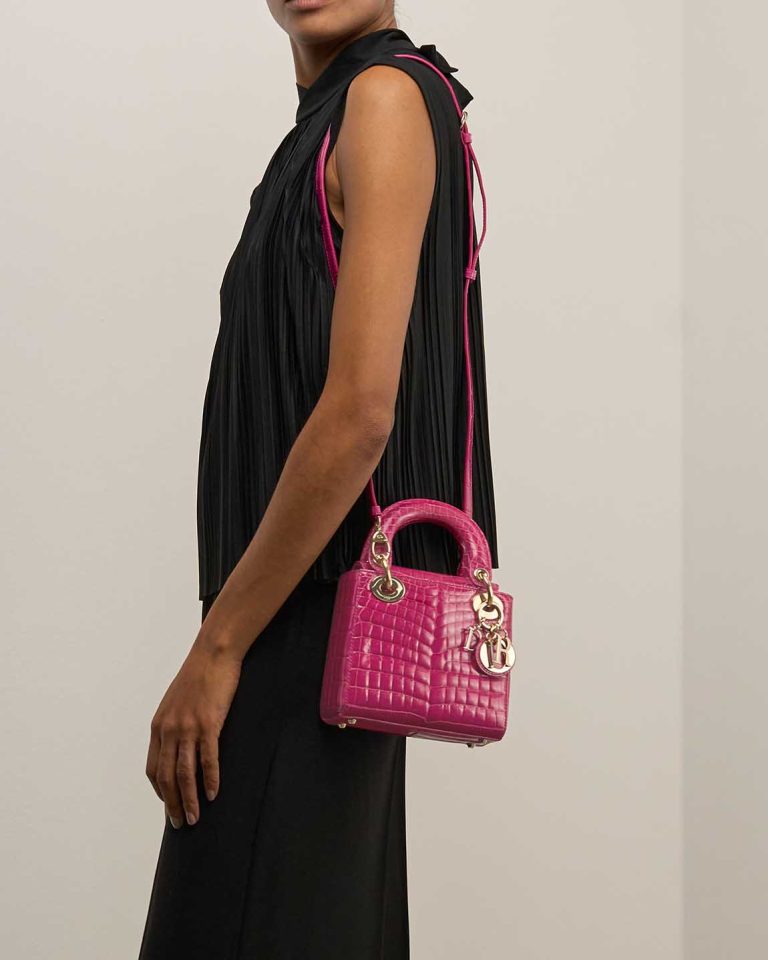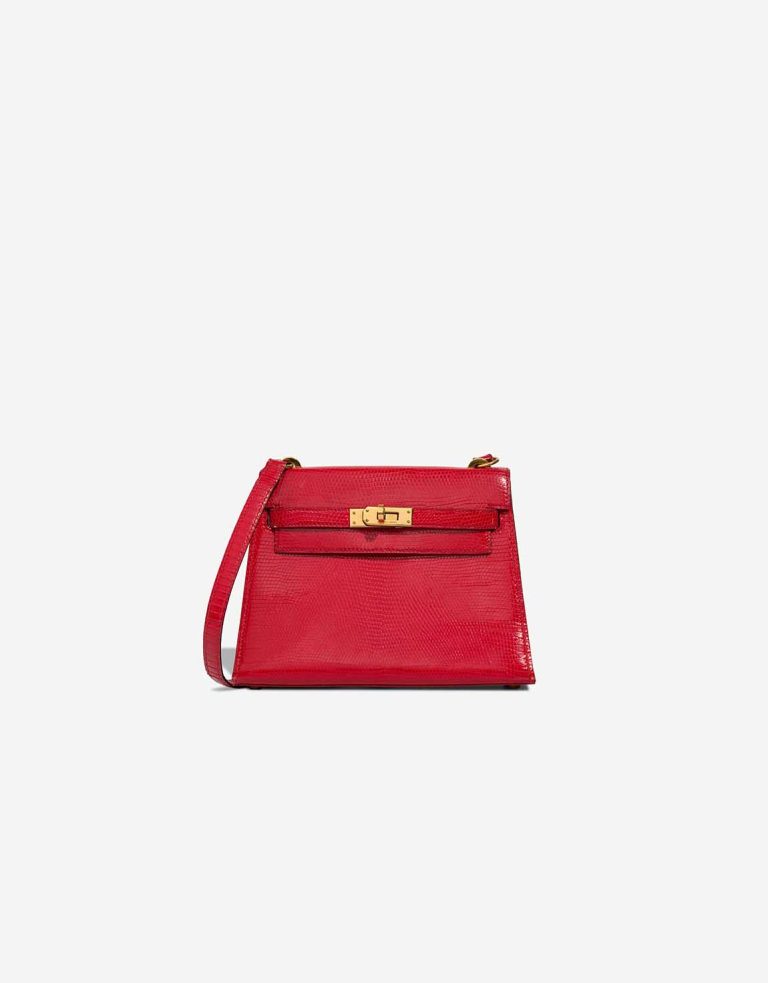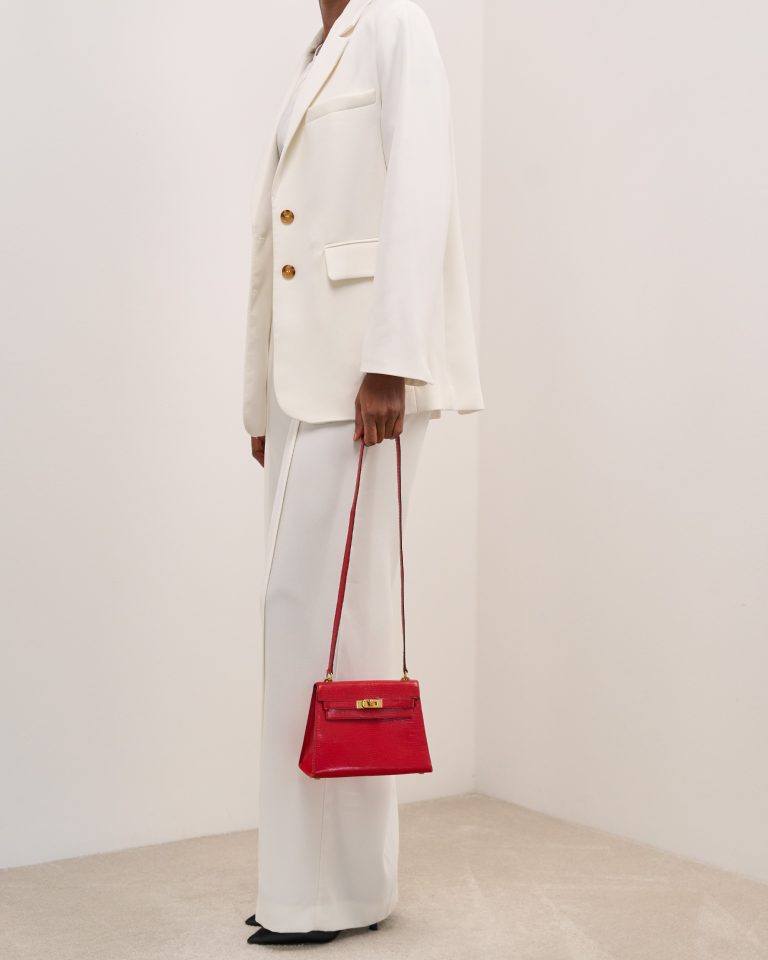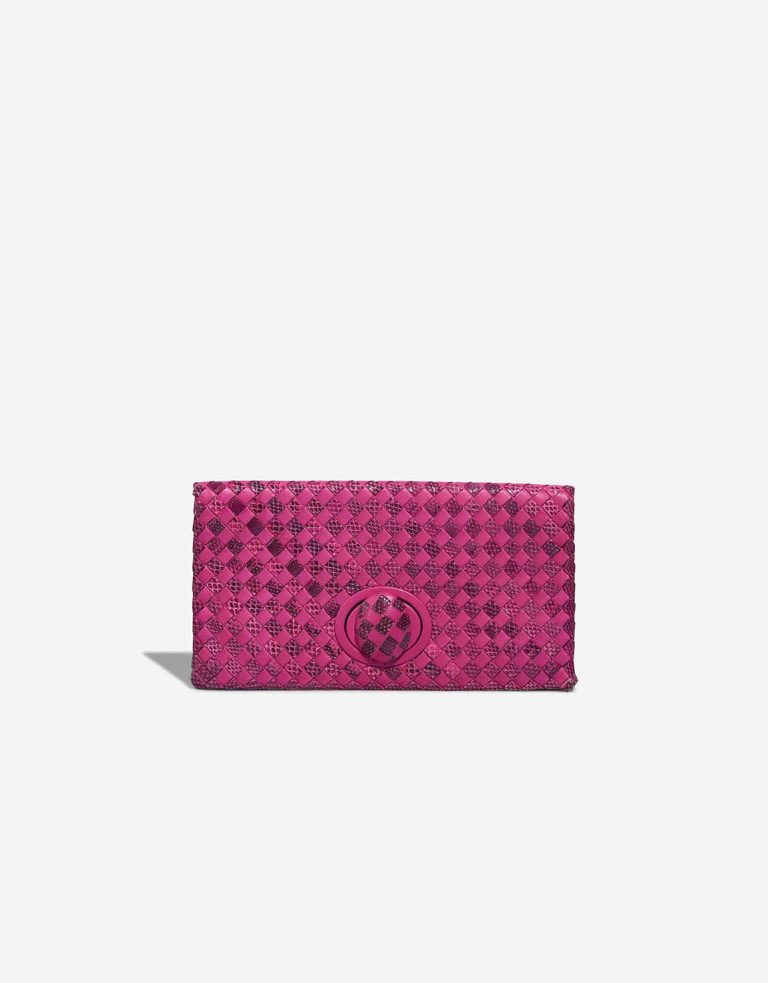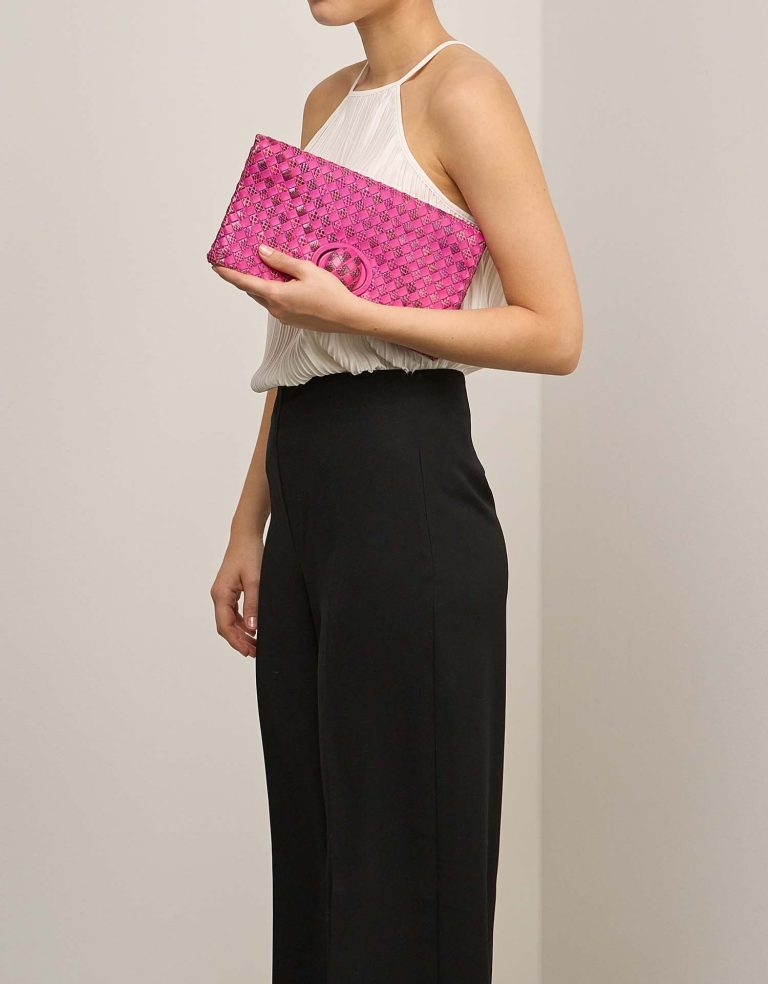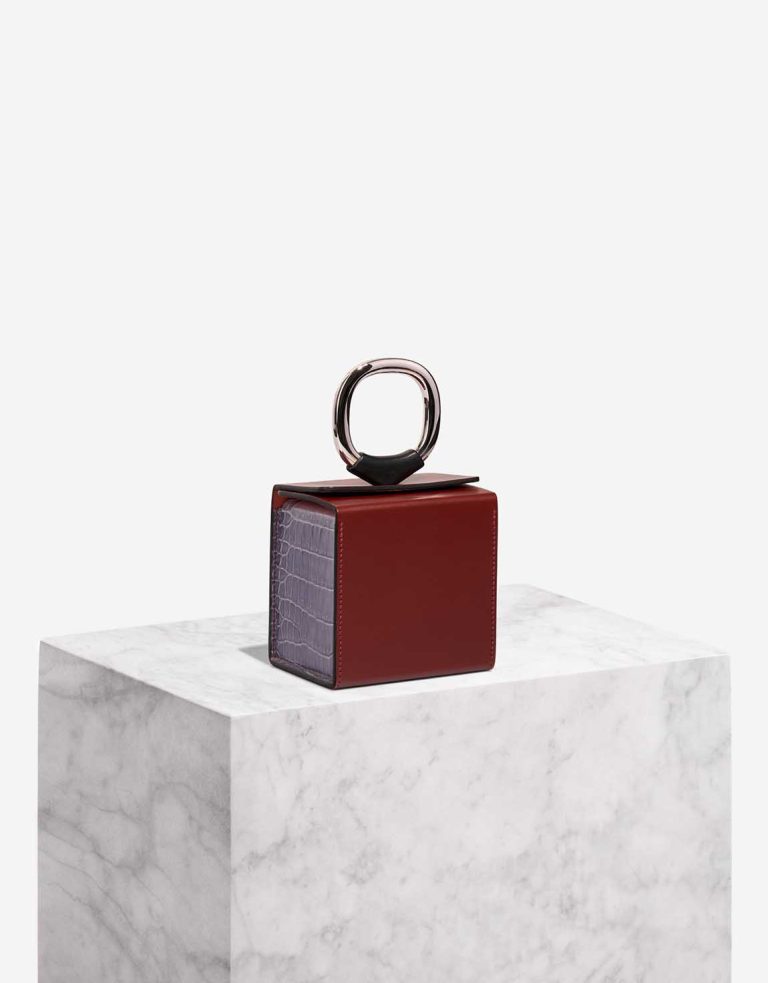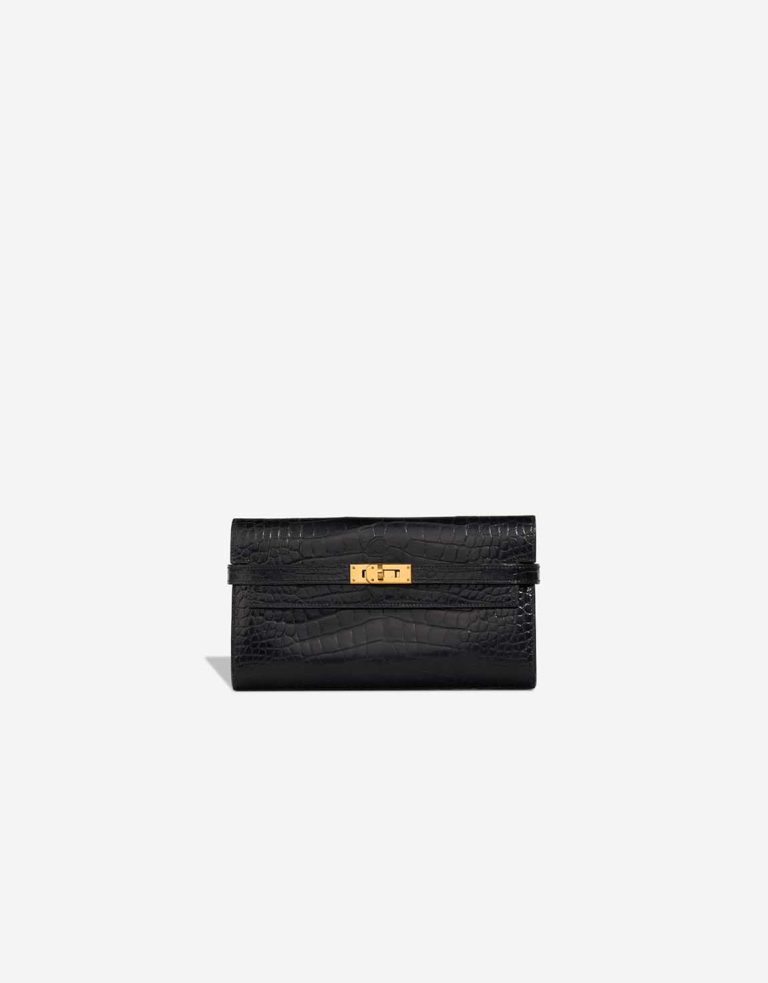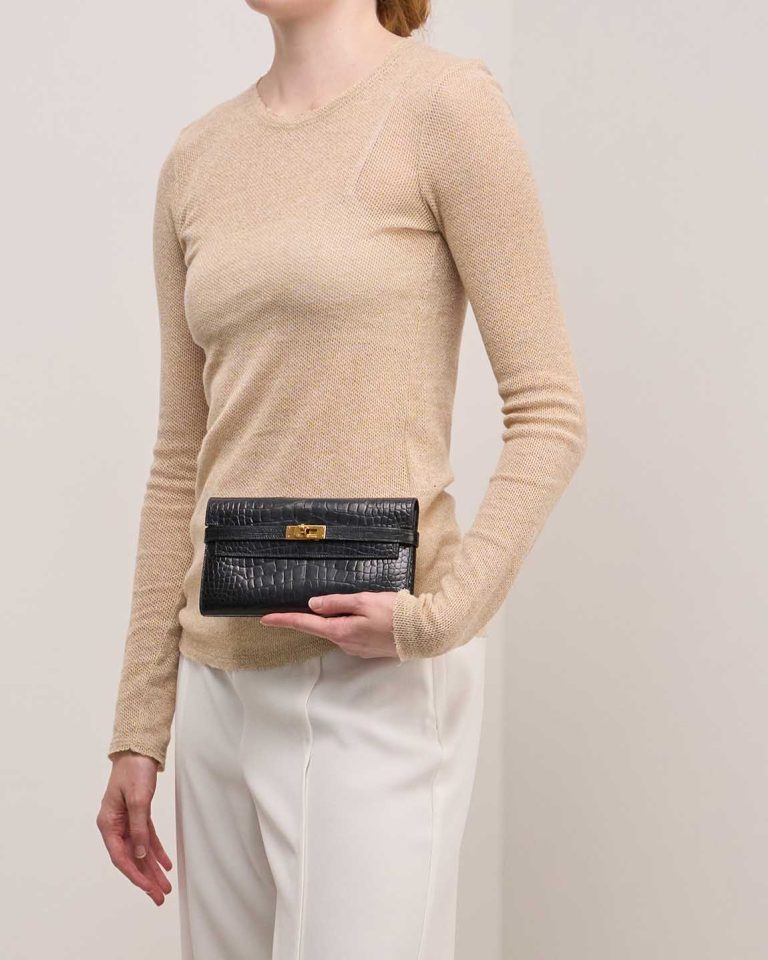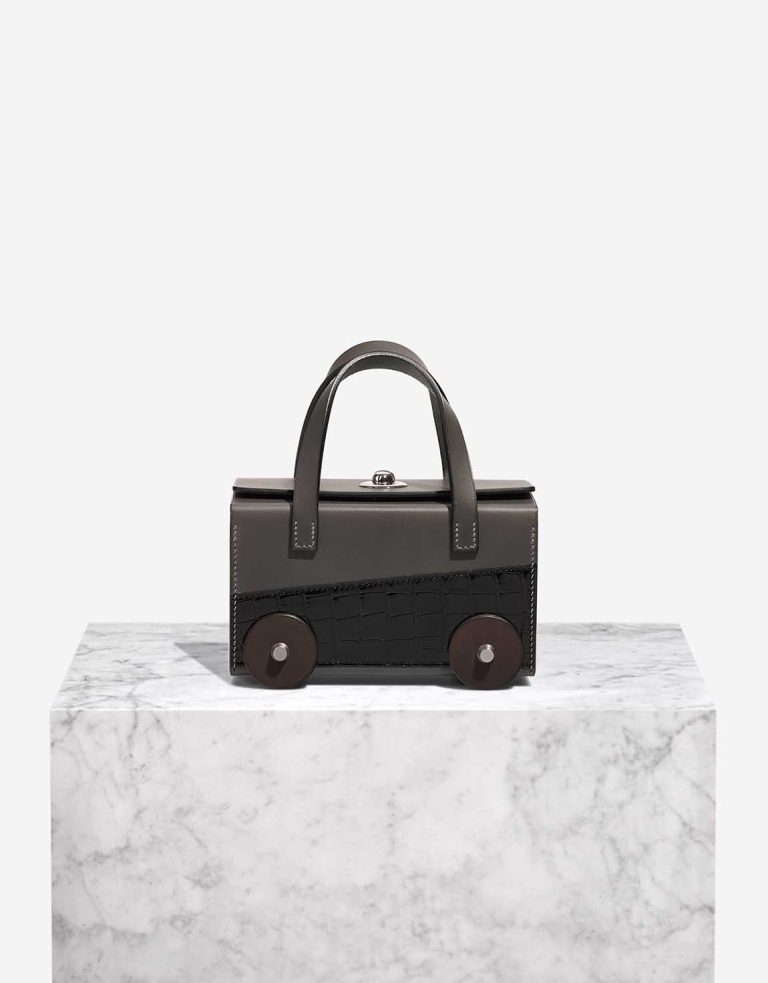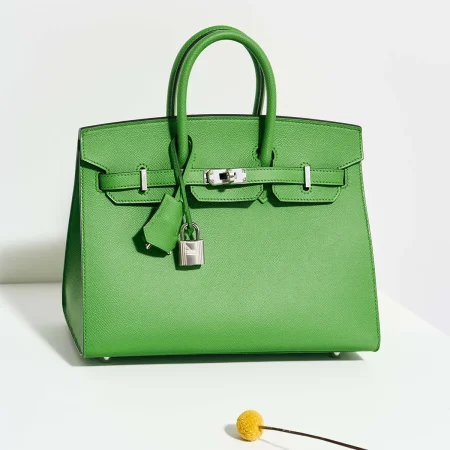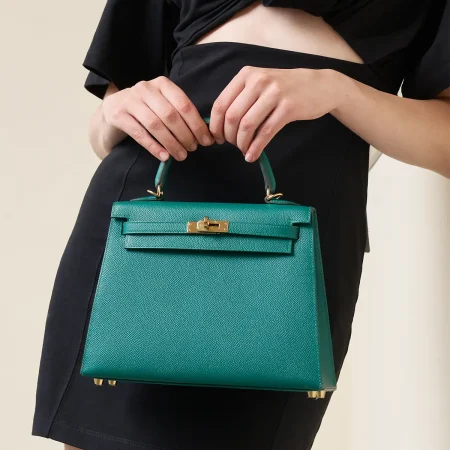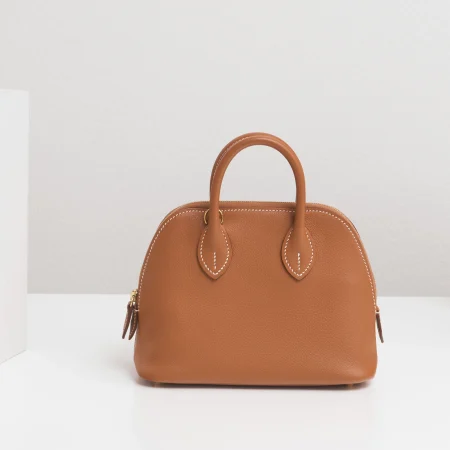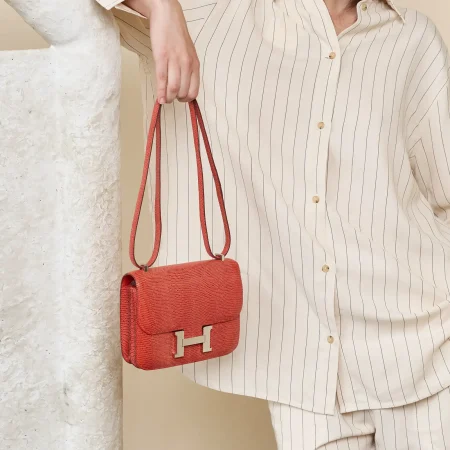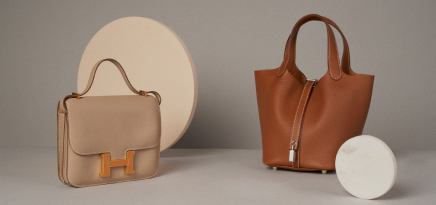
Hermès Bag Leather Guide
As the pinnacle of opulence, it comes as no surprise that Hermès uses a luxe array of leathers and materials for their beautiful handbags. With over 50 types of materials to choose from, you’re spoilt for choice. However, understanding the subtle nuances between the type of grain, their ability to show and maintain colour, or how to care for the leather can be convoluted. Hence, SACLÀB has equipped you with the following guide to gain a deeper insight into Hermès’ use of quality materials and what fits your needs and desires best.
- Most popular Hermès bag materials
- Hermès bag materials explained
- Epsom Bags
- Clémence bags
- Box bags
- Swift Bags
- Porosus Crocodile bags
- Ostrich bags
- Niloticus Lizard bags
- How do I choose the right material?
- Discover pre-owned Hermès leather bags, ready to shop
- How to recognise a real Hermès bag thanks to its leather?
- Leather smell
- Leather feel
- What’s trending around Hermès bags
- Related topics
- FAQ
- Where does Hermès source its leather from?
- What is Hermès leather made of?
- Is grained or smooth leather better?
- What is the easiest to find leather?
- What is the most durable leather?
- Caring for your Hermès bag
- Storage
- General care
- Treatment
- Caring for exotic leathers
- Discover popular Hermès bag styles
Most popular Hermès bag materials
Swift, Clémence, Epsom… If you’re a true Hermès follower, you will undoubtedly recognise these as some of the most popular leathers. From structured options to versatile favourites, these materials are the cornerstone of Hermès’ timeless appeal. In the following sections, we’ll explore what makes them so sought-after by enthusiasts.
However, while Hermès enthusiasts may pine after these high-value materials, another unlikely contestant has shown to be a preferred regular. Named after the African country, Togo is made from baby calfskin with a fine grain, that is very scratch-resistant and capable of refurbishment. These qualities are likely what aids in the leather’s widespread appeal.
Hermès bag materials explained
With the first-ever Hermès bag made all the way back in 1892, Hermès has a range of vintage leathers that can be considered “heritage” leathers—with a majority also being quite popular. These include Barenia, Box, Tadelakt, Vache Naturel, and Veau Butler, among others.
Apart from the vintage heritage leathers, exotic versus regular is another categoriser used to distinguish between different Hermès materials, as well as their texture: grained or smooth. Below are some of the most popular regular and exotic Hermès materials to choose from and a short explanation to keep in mind when choosing your next Hermès bag material.
Epsom Bags
Hermès Epsom leather is a premium material known for its small, consistent grain achieved through heat embossing. It offers a sleek, modern look while being highly resistant to scratches and abrasions. Its rigid structure ensures excellent shape retention, making it ideal for structured accessories and the dressier Sellier cut.

Epsom in Gold
Epsom in Gold
“Epsom leather maintains Hermès colours exceptionally well and is easy to care for, combining elegance with practicality.”
Clémence bags
Clémence leather, also known as Veau Taurillon Clémence, is a high-quality bull-calf leather introduced for luggage in 1992. It features a prominent, textured grain achieved through a process called Drumming, which gives it a supple, softened feel. This leather is valued for its rich, tactile quality and resilience, making it a popular choice for both luxury bags and accessories.

Clémence leather in Gris Asphalte
Clémence leather in Gris Asphalte
Box bags
Boxcalf, or Box Leather, named after 1890s English craftsman Joseph Box, is the oldest leather used by Hermès and has a storied history. The famous 1950s photo of Princess Grace Kelly using a Kelly bag to cover her baby bump also features Box Leather. It is renowned for its smooth, glossy finish and its historical significance, particularly in vintage Kelly bags, most of which are made from this leather. While it is sensitive to scratches, it can be polished to restore its classic elegance, ensuring its continued relevance in both traditional and modern fashion.
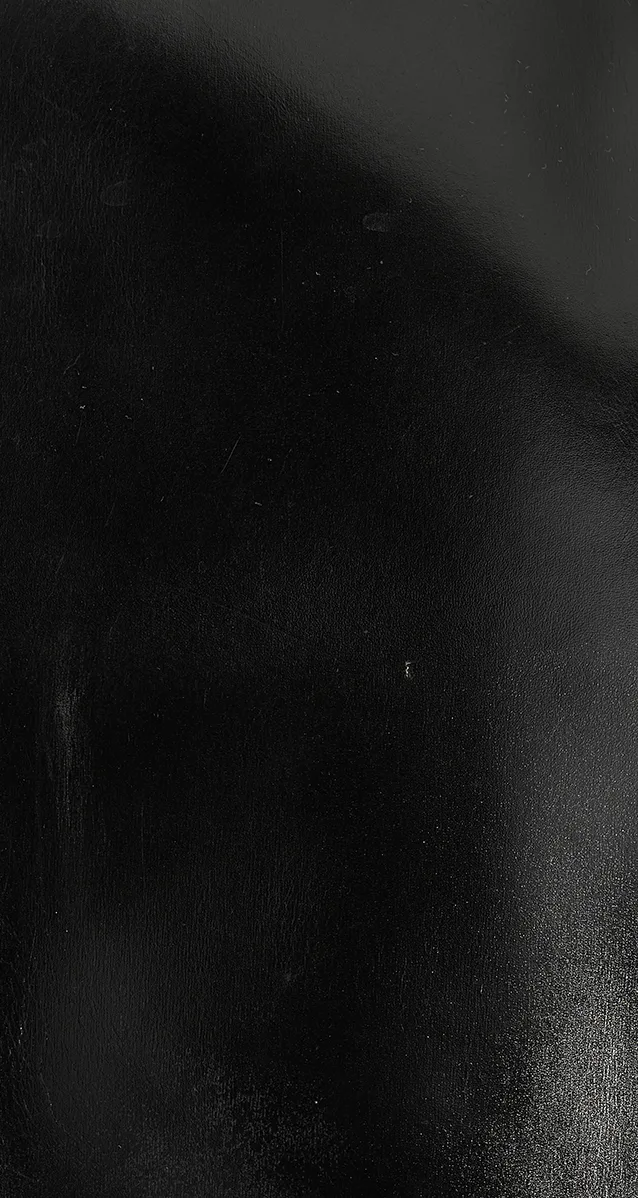
Box leather in Black

Box leather in Black
Swift Bags
Swift leather, introduced by Hermès in 2004 as a replacement for Gulliver leather (named after Jonathan Swift’s “Gulliver’s Travels”), is known for its soft, matte texture and light, smooth grain. This leather is prized for its supple feel and elegant appearance, making it a popular choice for luxury bags and accessories. However, Swift leather is prone to scratches and shows wear more easily than some other leathers. It also tends to slouch with use, giving it a relaxed, lived-in look—popular for Birkins. However, with a little refurbishment, Swift can look good as new.
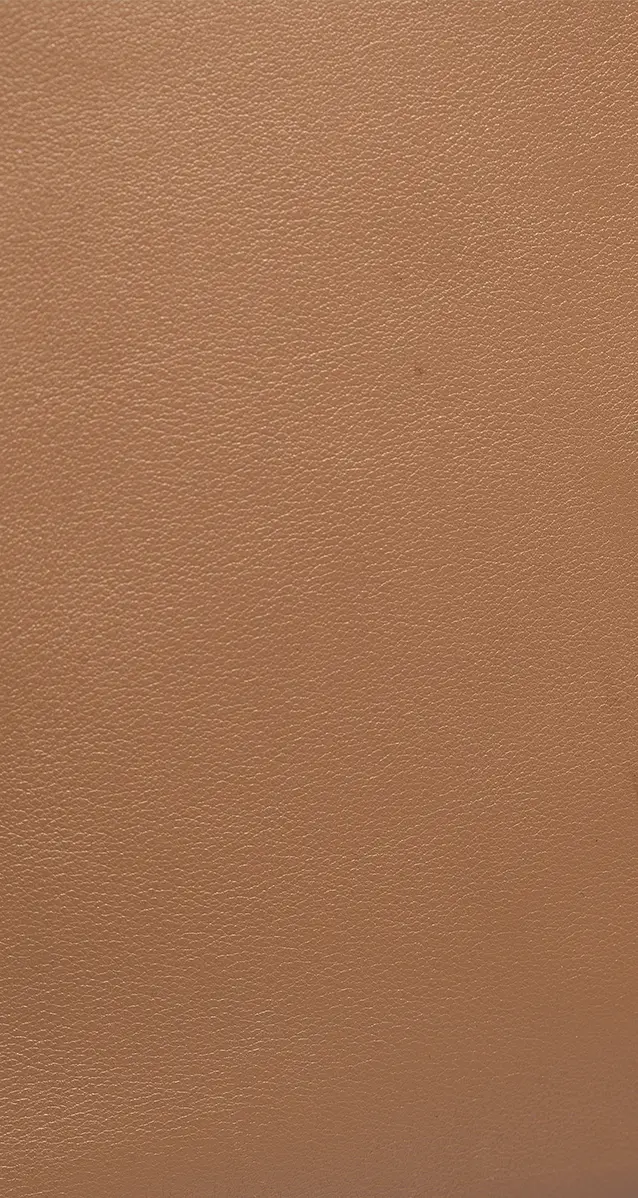
Swift leather in Argile
Swift leather in Argile
Porosus Crocodile bags
Among exotic leathers, Porosus Crocodile is the most coveted. Sourced from the underbelly of the large saltwater crocodile, found in Asia or Australia, it features a distinctive tiny pore near the edge of each scale. Despite the crocodile’s potential length of up to 6 meters, the scales on Porosus Crocodile leather are generally smaller than those of Niloticus or Porosus Alligator (who can grow up to 3.5 meters). However, its more symmetrical and defined scales enhance its desirability, making Crocodile leather the top choice among exotic leathers. You can identify a Porosus bag by a “^” next to the Hermès stamp.

Porosus Crocodile leather in Bleu Tempête
Porosus Crocodile leather in Bleu Tempête
Ostrich bags
Ostrich Leather, celebrated for its distinctive pattern of quill sockets, is both durable and soft, offering a unique texture that sets each Hermès item apart. Known for its deep and even colour absorption, this leather exudes luxury and exclusivity. However, Hermès has significantly reduced its Ostrich Leather production in recent years. Finding high-quality skins with consistent and plentiful quills, especially in larger sizes, has become increasingly challenging. This scarcity further enhances the leather’s desirability and value.
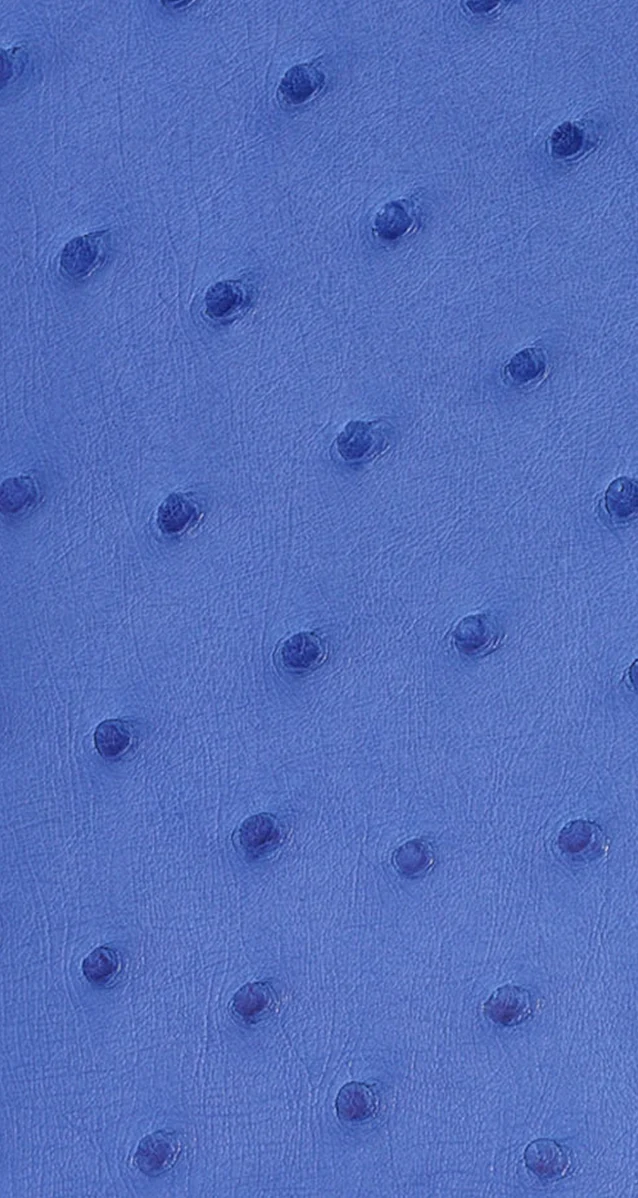
Ostrich leather in Bleuet
Ostrich leather in Bleuet
Niloticus Lizard bags
Varanus Niloticus, or Nile Lizard, is prized for its distinctive, luxurious finish and fine, uniform scale pattern. It’s ideal for high-end small leather goods due to its elegant appearance and smooth texture. Hermès Lizard Kelly bags date back to the early styles and are known to remain in good condition over the decades. While the dense scales resist wear, the leather is sensitive to water, moisture, and sunlight, which can darken lighter colours and handles over time. Hermès offers Lizard bags in two finishes: Shiny (Lisse), which is buffed to a sheen with an agate stone to maintain its gloss, and Matte. Despite Porosus Crocodile bags commanding the highest prices, Lizard bags are the rarest and maintain their shine for decades.
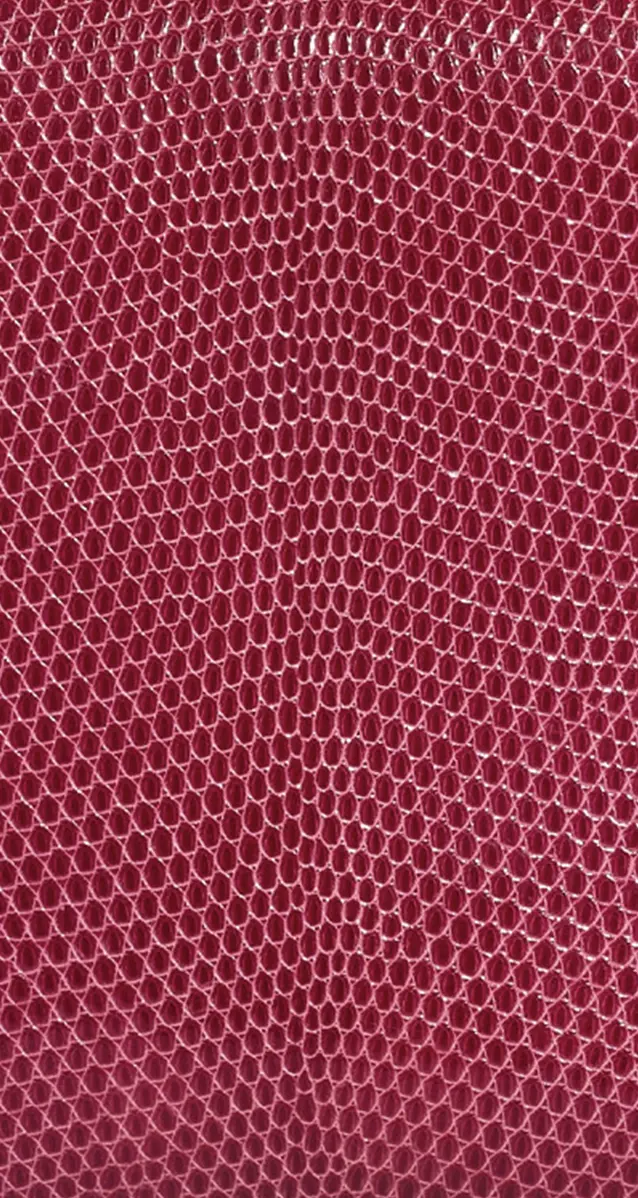
Niloticus Lizard leather in Fuchsia
Niloticus Lizard leather in Fuchsia
How do I choose the right material?
Still not convinced? Following the next three steps will help you find the perfect leather for your needs.
•
Understand the Types of Hermès leather: Understanding the difference between regular or exotic skin, a smooth or grained surface, their tendency to scratch or the way they hold their colour is paramount in choosing a bag that fits your lifestyle and usage.
•
Consider Your Lifestyle and Usage: Opt for durable and scratch-resistant leather, if you plan to use this bag often. Yet, delicate leather can be a great choice if you want to add a luxurious touch to your special-occasions-ensemble.
•
Evaluate the Leather’s Aesthetic Appeal: Think of your texture preference, colour vibrancy, and bag structure to determine which leather fits your aesthetic appeal best.
Discover pre-owned Hermès leather bags, ready to shop
How to recognise a real Hermès bag thanks to its leather?
Leather smell
One defining feature of the Hermès brand is that it solely offers the best quality, real leather for its bags. Therefore, the handbag will have a faint leather smell, distinguishing it from counterfeits that may emit a strong leather, glue, or plastic smell.
Leather feel
Feeling the leather is essential in identifying authentic Hermès products. As explained, Hermès uses very specific types of leather, each having a unique texture, grain strength, and touch. These unique textures and qualities help distinguish genuine Hermès items from imitations.
“Authentic Hermès leather is unmatched in its craftsmanship; it has a subtle, natural aroma and a unique texture that feels luxurious to the touch. It’s the essence of fine leather—something counterfeit products simply cannot replicate.”
What’s trending around Hermès bags
Get inspiration for your next Hermès bag from the SACLÀB journal
FAQ
Where does Hermès source its leather from?
Hermès sources its leather from various global locations, including farms in Africa (for Crocodile, Lizard, and Ostrich), Australia (for Crocodile), India (for Chevre), Southeast Asia (for Lizard), and the United States (for Alligator). Despite this wide range of sources, 91% of the hides—especially the regular leathers—-are obtained from Europe, where social and environmental risks are generally lower. Hermès collaborates with numerous tanneries and processors. In recent years, Hermès has expanded its capabilities by acquiring several tanneries to produce their work in-house.
According to Hermès’ 2023 Non-Financial CSR Performance Statement, Hermès has been assessing the environmental impact of its leather through Life Cycle Assessments (LCAs) since 2021, which evaluate everything from animal farming to the finished leather. This approach helps link each product to its environmental footprint, incorporating factors such as animal species, production sites, and manufacturing processes. Hermès adheres to European environmental labelling guidelines to provide accurate and transparent information about the environmental impact of its leathers.
What is Hermès leather made of?
While Hermès uses a plethora of different animal hides for its leather products, two of the most common ones are “Vache,” which refers to adult cow leather, and “Veau,” which translates to the younger calf. In addition, some Veau leathers are denoted with “Taurillon,” meaning bull. This means that Veau Taurillon leathers, like Veau Taurillon Clémence, are made from a bull-calf—young male cattle. Chèvre, such as Chèvre Mysore, or Chèvre Chamkila, is made from goat, which Chèvre also translates to.
Is grained or smooth leather better?
Grained leather is characterised by its textured pattern. When you run your hands over the bag it won’t feel as smooth. This is due to the leather’s grain, which is the outermost layer of the hide. Grained leather tends to take scratches better while also being more scratch-resistant. Smooth leather, however, is more prone to scratches. This type of leather is typically highly polished, giving it a sleek and refined appearance. Smooth leather is made from the top layer of the hide, often treated and finished to achieve a uniform, smooth finish.
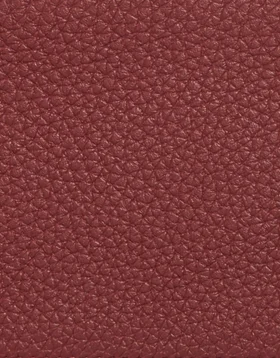
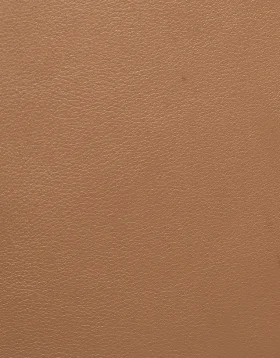
A side-by-side comparison of the defined grain of Togo Leather (1), versus the smooth surface of Swift.
What is the easiest to find leather?
The easiest leathers to find are typically Alligator, Chèvre, Clémence, Epsom, Swift, and Togo. Alligator is popular for its luxurious look, while Chèvre, a goatskin leather, is used for select bags and Hermès special orders. Clémence offers a soft, textured finish and is common in Hermès bags. Epsom is known for its lightweight, scratch-resistant surface, and Swift features a very light, almost smooth, matte texture. The grained Togo is valued for its durability and softness, making it a frequent choice in high-end fashion items.

What is the most durable leather?
The most durable and scratch-resistant leathers are typically grained varieties like Chèvre, Clémence, Epsom, and Togo. These leathers are valued for their resilience against wear and tear. Chèvre, with its goatskin texture, and Clémence, with its calfskin grain, both offer excellent durability. Epsom, known for its embossed pattern, and Togo, with its textured finish, are also highly resistant to scratches, making them ideal for everyday use and longevity.
Caring for your Hermès bag
Proper care of your Hermès leather bag focuses more on prevention than repair, and it’s advisable to seek professional help for the best results.
Storage
To maintain your bag’s pristine condition, start by storing it properly. Always stuff the bag with a pillow or soft cloth to help it keep its shape. Use lint-free and silk paper to absorb moisture and prevent creases, and store the bag in a cool, dark place away from direct sunlight and humidity.
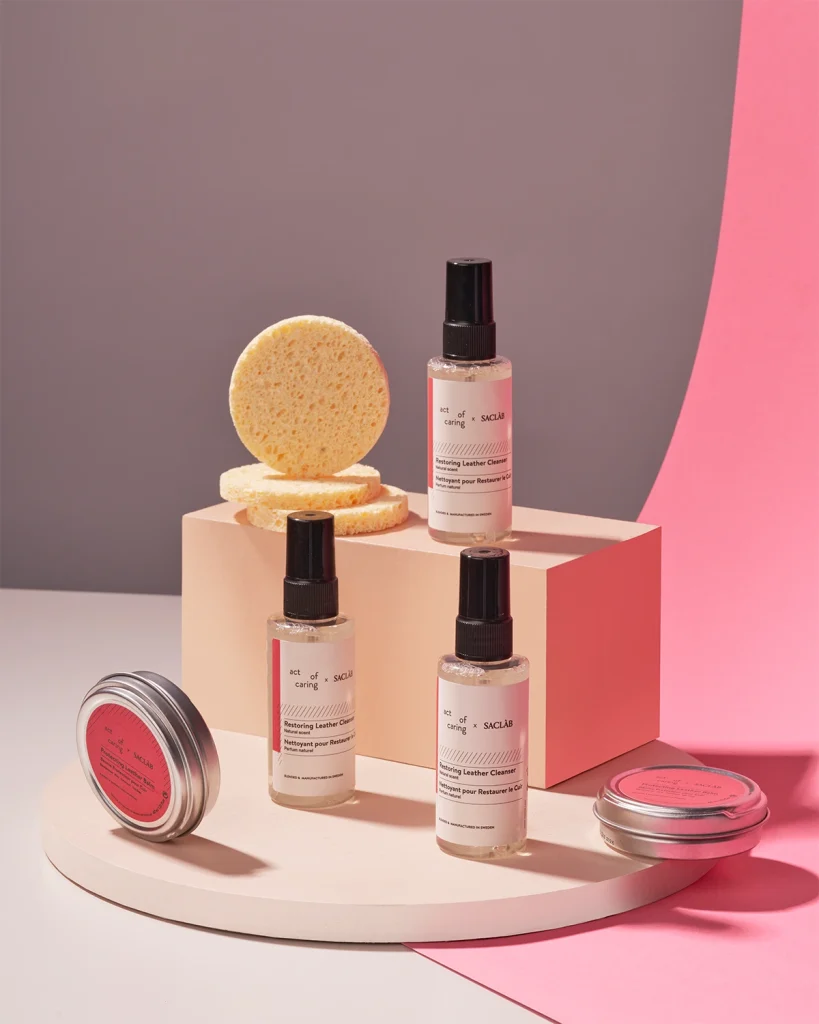
General care
For general leather care, gently clean your bag with a soft, dry cloth and use a leather conditioner suited to the specific type of leather—such as Chèvre, Clémence, Epsom, or Togo. If you decide to use a cleaning product or leather conditioner, always try it out on an inconspicuous corner of your bag first. Remember that Hermès leathers are natural materials; and when it comes to care products, less is generally more. For Hermès hardware, use a jewellery cloth to keep it polished and buff out any smudges.
Treatment
Regular maintenance, including a professional bag spa treatment every two to three years, can help preserve the leather and ensure your bag remains in excellent condition.
Caring for exotic leathers
Exotic Hermès bags, such as those made from alligator or crocodile hides, require special attention—especially because of the generally steep price. Although these animals are accustomed to wet environments, their leather must stay dry. Avoid exposing your bag to water or high humidity, as this can damage the finish and enlarge the pores, especially on Porosus skins. For bags with a lissé (glossy) finish, moisture can dull the shine irreversibly. Store exotic leather bags in a temperature-controlled environment to prevent the skin from drying out or cracking. Protect the bag from direct sunlight to avoid fading, and use Twillies on handles to shield light-coloured skins from darkening due to natural oils from your hands. With proper care, your exotic Hermès bag can remain a treasured part of your collection for years to come.
Discover popular Hermès bag styles
Make a Request
We do our best to find bags for our customers on request. However, this might take up to 6 months.
Warning!
You have reached the limited requests per customer.
Thank you for your enquiry!
Please check your email for further instructions.
Warning!
You have reached the limited requests per customer.

